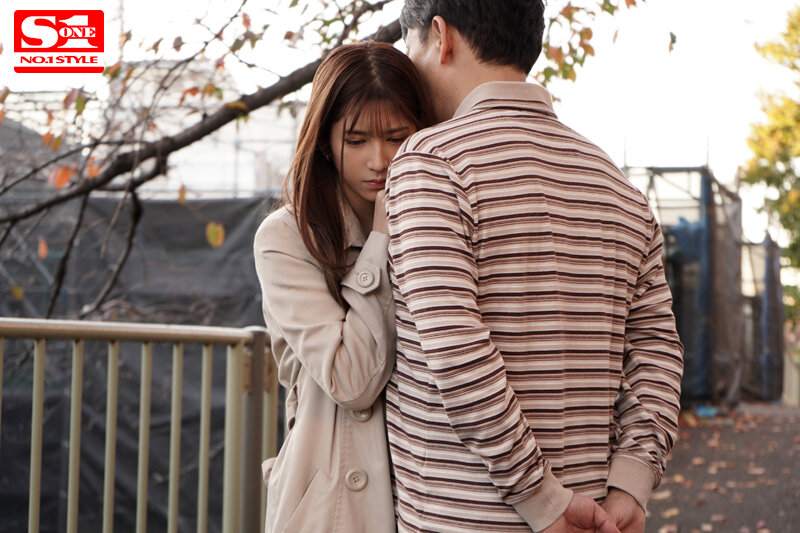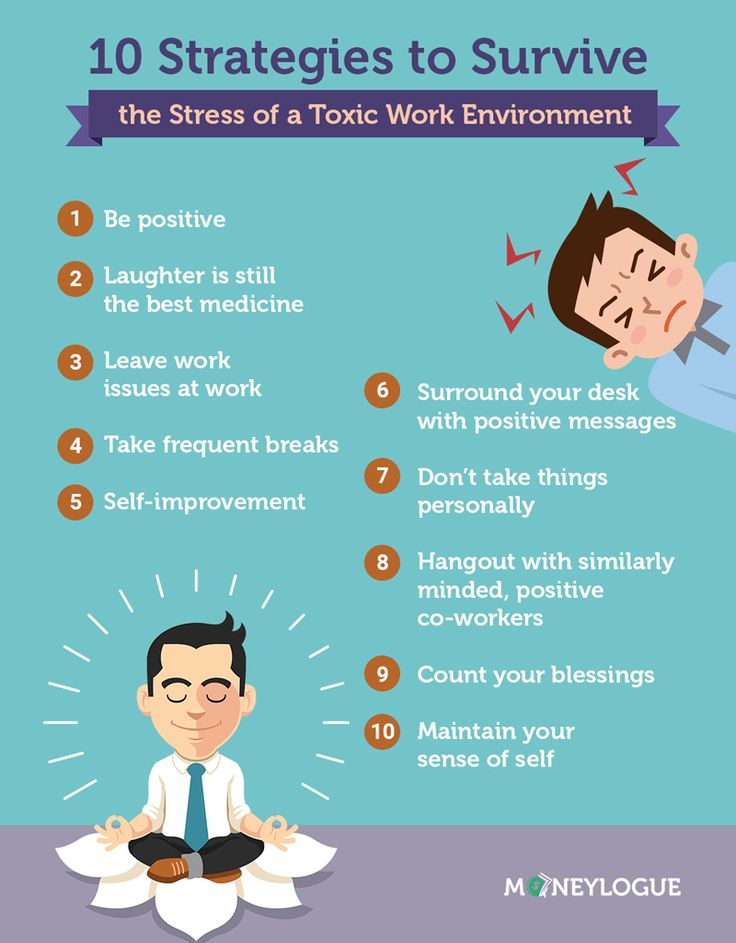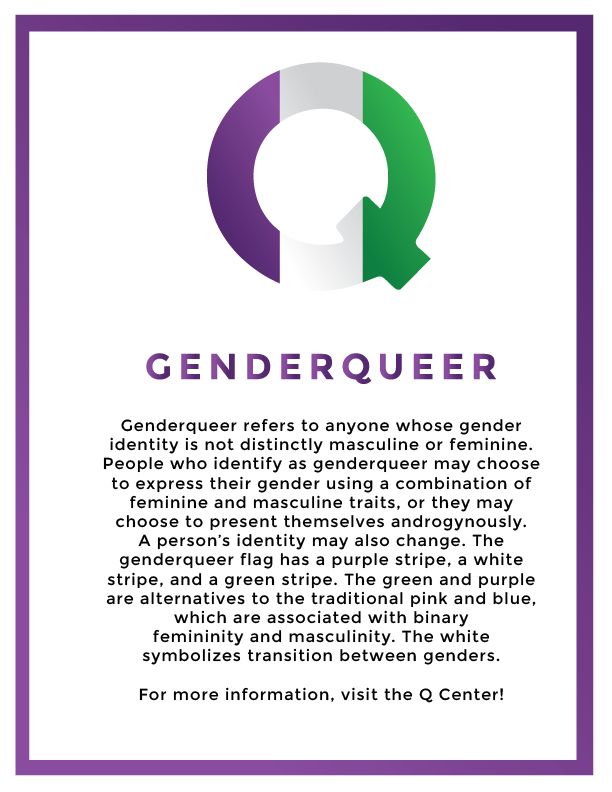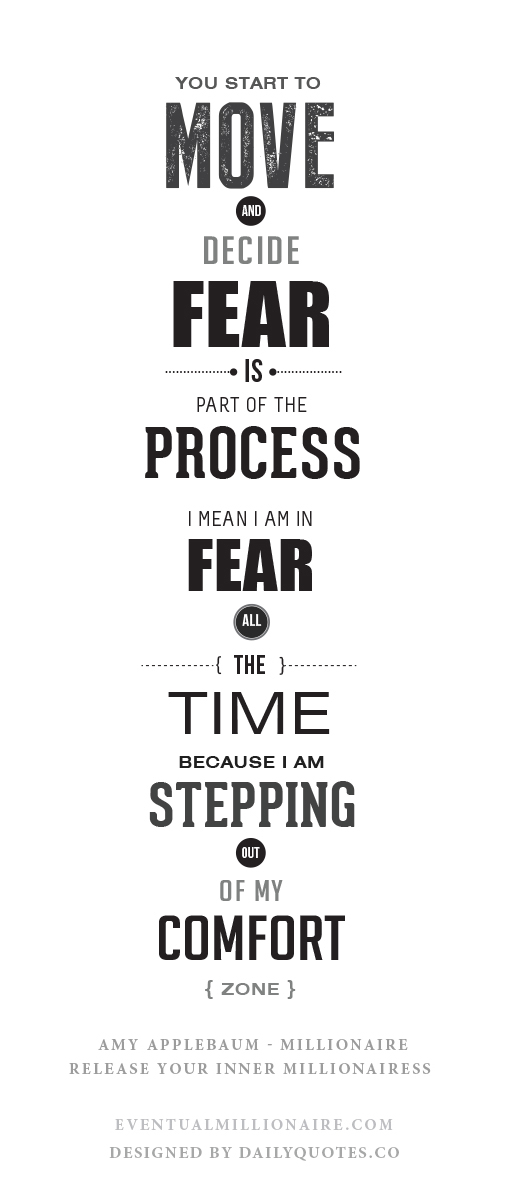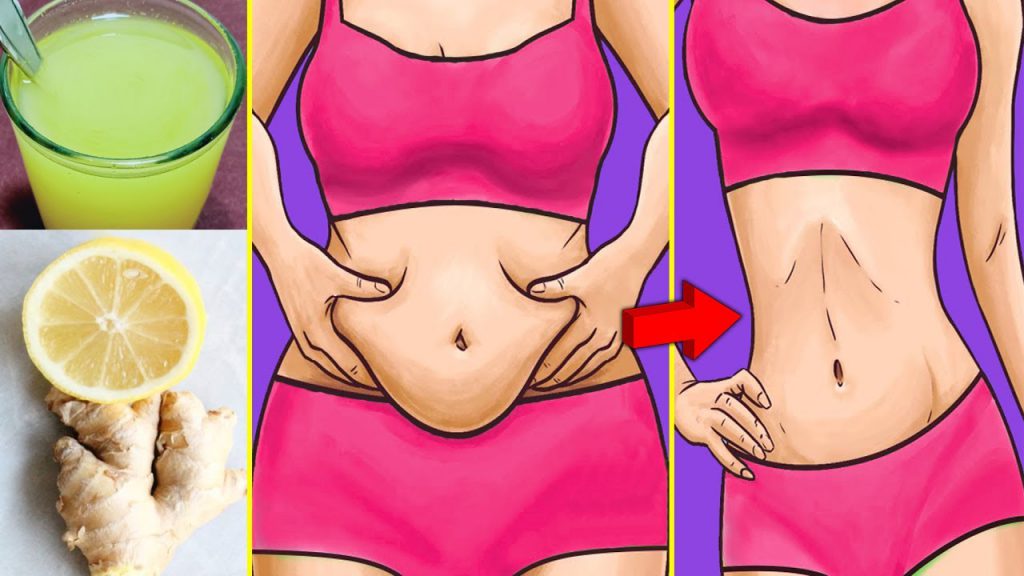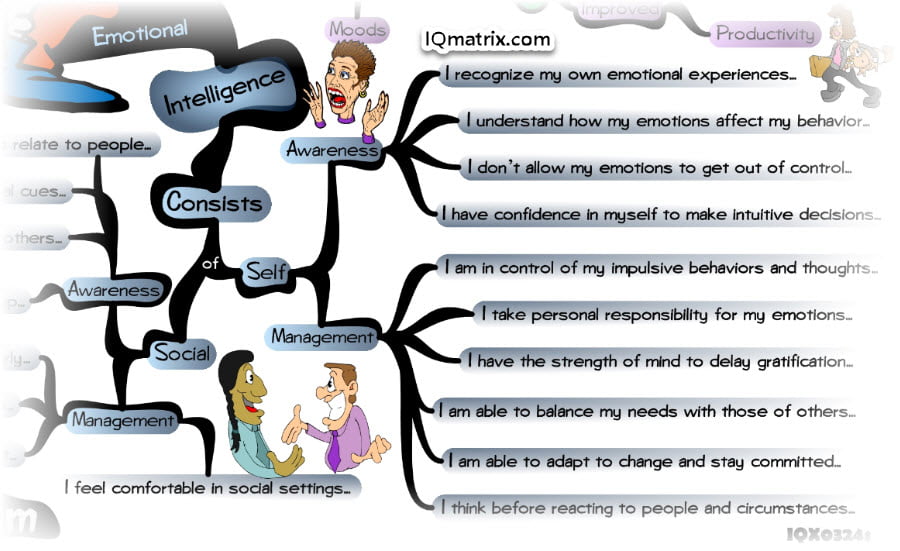Information about tai chi
What is Tai Chi & what are the health benefits? (complete guide)
Skip to contentWhat is Tai Chi & what are the health benefits? (complete guide)Paul Lam2022-07-27T07:18:32+00:00
Loading...
Loading...
Tai chi is an art embracing the mind, body and spirit. Originating in ancient China, tai chi is one of the most effective exercises for health of mind and body. Although an art with great depth of knowledge and skill, it can be easy to learn and soon delivers its health benefits. For many, it continues as a lifetime journey.
By Dr Paul Lam
Tai Chi has virtually changed my life, since I started practicing it after graduating from medical school in 1974.
Before this moment, the osteoarthritis that I’d developed in my early teens had become debilitating. Thankfully I’d remembered that Tai Chi was considered effective for arthritis, back in the Chinese village where I grew up.
What did I have to lose? I decided to give it a try. My late father-in-law was an accomplished practitioner, and he was my main teacher.
Now in my late sixties, my arthritis is well controlled, and I have Tai Chi to thank for that.
I work more than twelve hours most days, teaching Tai Chi and practicing medicine as a family physician. I feel happy and healthy. My Tai Chi journey has given me more than just enjoyment, it’s become an integral part of my life.
This article explains key information about the ancient Chinese discipline that’s changed so many lives.
We also talk about how my organisation has created modified Tai Chi programs that help people with medical conditions and disabilities.
Keep reading to see the proof from scientific studies, and support from agencies like the CDC.
Table of Contents
What is Tai Chi?
Tai Chi is a mind-body exercise originating from ancient China, where it started as a famous martial art.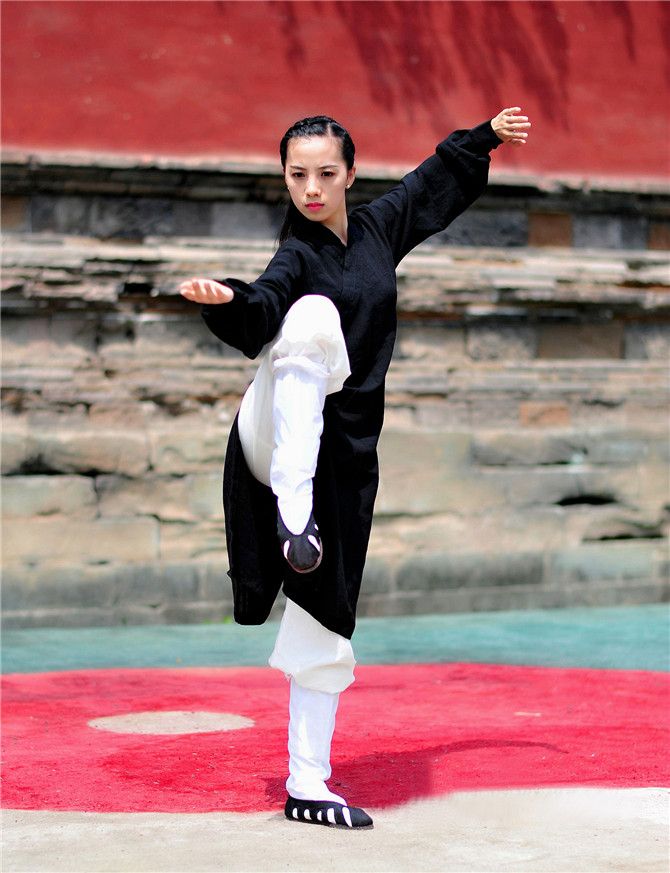 These days, it’s practised around the world as an effective exercise for health.
These days, it’s practised around the world as an effective exercise for health.
It’s impossible to describe this complex art in one sentence. Tai Chi can be many things for different people, but regular practise will improve your wellbeing.
At the heart of it, Tai Chi is a moving meditation in the form of a series of gentle exercises that create harmony between the mind and body. The ultimate purpose is to cultivate our inner life energy (qi) to flow smoothly and powerfully through the body. This is a spiritual experience, as much as a physical one.
Movements are fluid, graceful, circular and slow. Breathing is deep, aiding visual and mental concentration. This relaxes the body and allows the life force to flow freely.
This practice is so effective because it consists of exercises that are equally balanced between yin and yang (opposite forces that complement each other, such as dark and light, or female and male).
Tai Chi is easy to learn. Many people embark on a life-long journey to deepen their experience, as there are always new levels of understanding to uncover. This is part of the appeal.
Many people embark on a life-long journey to deepen their experience, as there are always new levels of understanding to uncover. This is part of the appeal.
Tai Chi can be practised almost anywhere and the cost of learning is relatively low. It’s suitable for anyone, because exertion levels can be adjusted to suit your physical condition.
Health benefits of Tai Chi
On a physical level, Tai Chi improves strength, flexibility, aerobic conditioning and balance. It’s been proven to improve cardiovascular fitness, lower blood pressure, prevent falls and help people who have arthritis.
And the list goes on!
There are also immense emotional and mental benefits. The deliberate movements help people to feel more relaxed, grounded and present in their bodies. This lowers anxiety, stress and depression; while improving memory, focus and sleep.
Tai Chi is probably the most effective exercise for your entire wellbeing. It’s so enjoyable that millions of people around the world are practising it, no matter their age or physical condition.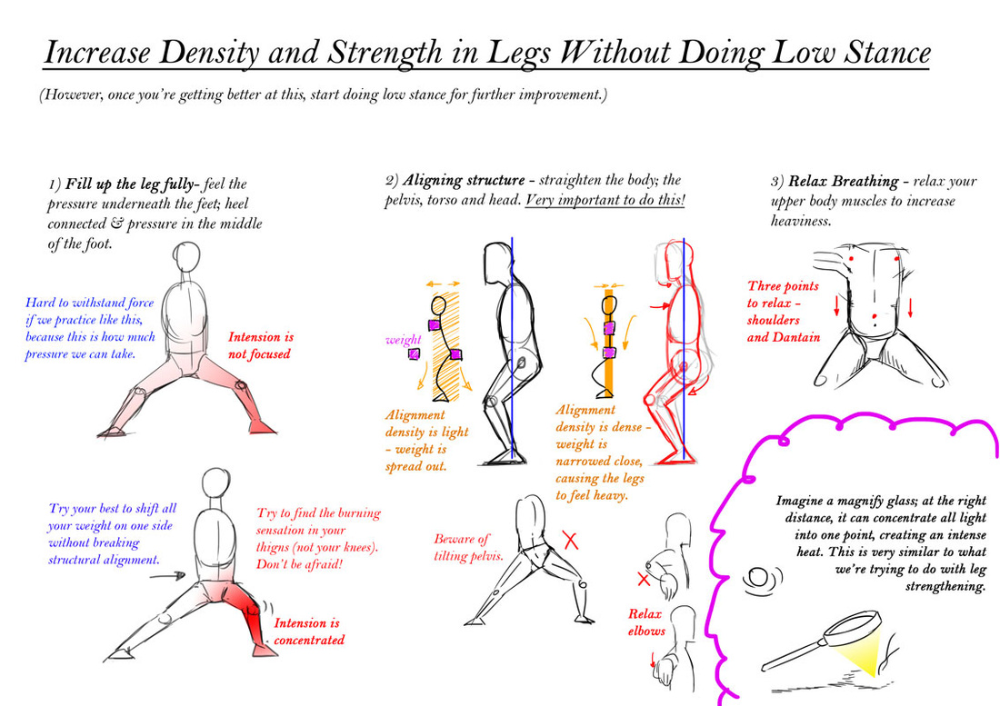
It’s all about improving your quality of life and feeling empowered.
Numerous medical studies show the overwhelming benefits of Tai Chi, especially when modified programs address specific health conditions. Research shows a regular routine can prevent many health problems and help people to better manage the conditions they already have.
We look at these clinical studies in more detail further down, so keep reading to learn more.
Principles of Tai Chi
The guiding principles bring us back to the laws of nature, upon which Tai Chi was based.
Movements are slow, smooth and graceful, to help us to be present. Breathing is controlled, for this same reason.
Modern life is so fast and unnatural. Tai Chi brings us back to the slow phase of nature to recharge our minds and bodies. We crave this balance. This is why so many people enjoy this practice (though it may take some time to get used to the slower pace).
I’ve divided the principles into three main sections – based on my interpretation over 40 years of practice and the latest medical knowledge.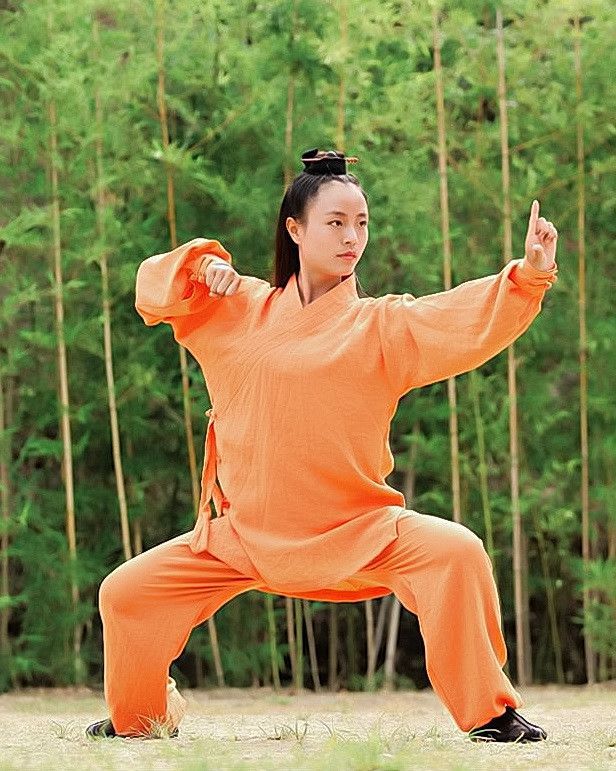
- Movement Control
- Tai Chi movements are slow to help you integrate mind and body. They are smooth to facilitate serenity, flowing like water in a river. This continual flow gathers inner energy like hydraulic power, growing as it flows.
- Move as though you’re pushing against gentle resistance. Every movement generates a soft inner power. Another good way is to imagine the air around you becoming denser, or pretend that you’re moving in water.
- Body Structure
- Maintain an upright posture. Studies show that good posture strengthens the Deep Stabiliser muscles, which support the spine. It also provides more space for internal organs. What’s more, you feel stronger and more positive when upright. Qi flows better in an aligned body. A poorly aligned body puts extra strain on the spine and compromises balance.
- Be mindful of weight transference. Balance is an essential part of Tai Chi. Like nature, we are happier and healthier when in harmony.

- Internal Components
- Loosen or ‘松 – Song‘ the joints. Relax when you do Tai Chi, but not to the point where your muscles get floppy. Instead, consciously and gently stretch your joints from within. Qi can only flow smoothly and powerfully if your joints are Song (and not tensed). Song also strengthens the internal ligaments and muscles, enhancing the function of joints.
- Develop a state of mental quietness or ‘静 – Jing’. You’re more mindful of the present and the self when you’re ‘Jing’.
These principles may seem simple, but they’re profound.
Different styles of Tai Chi
There are many different styles of Tai Chi practice, including the five main ones: Chen, Yang, Wu, Hao and Sun.
Each of these styles is named after the Chinese families that developed them, based on their interpretation of the original Chen style. They’re all based on the same principles, but there are some differences in positioning, speed and force of movement.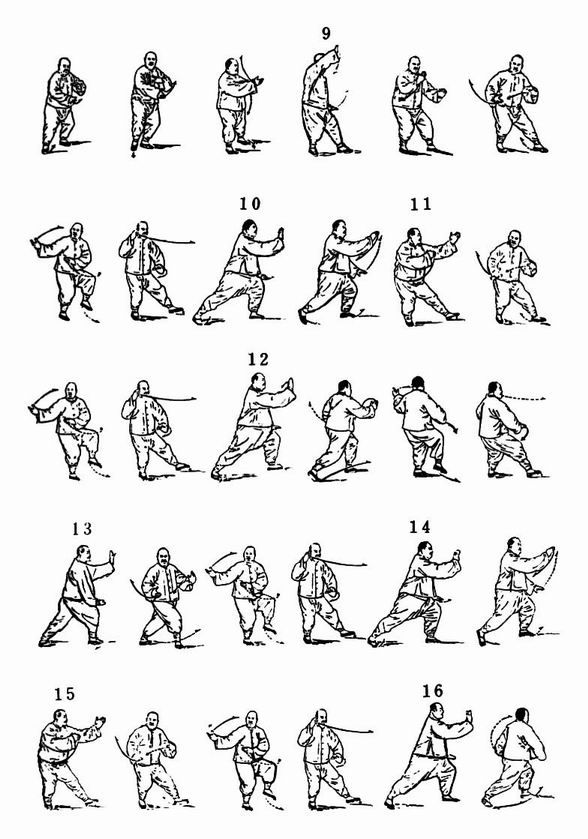
At a glance:
- Chen style: oldest form, characterised by alternating fast and explosive movements with slow and gentle movements.
- Yang style: most popular form practised today, characterised by gentle, large frame movements. Most of our programs are based on this style.
- Hao style: emphasis is placed on internal force (it’s a lesser known style)
- Wu style: characterised by softness. Emphasis is placed on redirecting incoming force with a slightly forward leaning posture.
- Sun style: characterised by lively steps and a slightly higher stance (it’s the youngest of all forms and used in our arthritis programs).
Let’s apply these ideas to one example:
Different forms have different ways of moving the feet. If we look at Yang, you move forward and backward by lifting your foot slightly off the ground and touching down like a cat.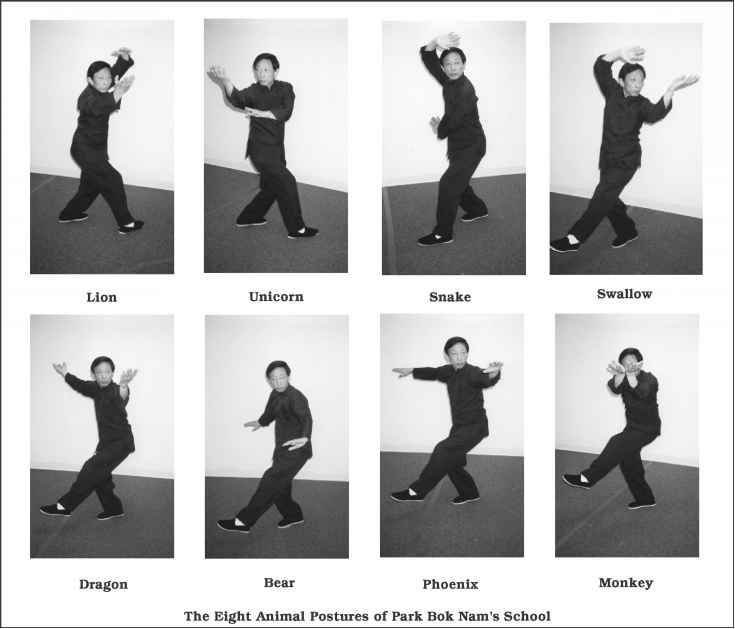 In Chen style, you step forward by lifting your foot higher and brushing the heel along the ground.
In Chen style, you step forward by lifting your foot higher and brushing the heel along the ground.
Different forms can also have different hand shapes. The Yang approach uses an open palm, while Chen uses a closed one.
Even within one style, you can encounter many variations in set movements.
This happens when individuals incorporate a particular interpretation of a hand or foot movement into their daily practice, because it feels better than the set movement.
My point is that minor differences aren’t important.
There isn’t one “right” way to practise a movement, as long as it follows the essential principles of Tai Chi.
I believe the ancients would have loved to be exposed to different styles and teachers, as we are today.
This gives every practitioner the opportunity to see what works best for him or her.
There’s no need to spend a lifetime devoted to a single path, only to later discover it wasn’t the right one. Instead, we can incorporate different interpretations and shorten our path to a higher level.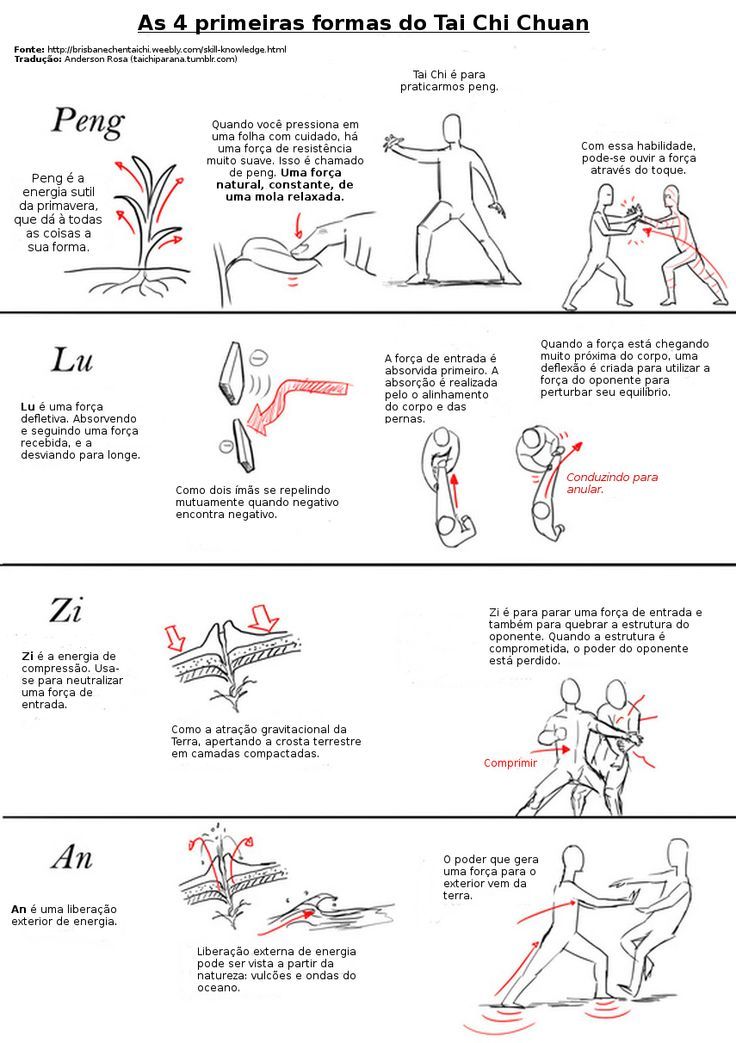
Most importantly, we can only reach this level if we’re in harmony with ourselves and nature.
History of Tai Chi
Tai Chi is based on traditional medicine, Qigong and martial arts techniques from thousands of years ago.
However the real origins are obscure and shrouded in legend…
The first known written reference appeared in the Book of Changes over 3000 years ago during the Zhou Dynasty (1100-1221 BC). This book explains “…in all changes exists Tai Chi, which causes the two opposites in everything.”
Mystical accounts claim the father of Tai Chi was a legendary figure named Zhang Shanfeng. This famous Taoist priest of the 15th century was believed to possess superhuman abilities and immense internal power.
Less romantic (but more reliable) accounts date back to Chen Wangting, a 16th century Royal Guard of the Chen village in Wenxian County, Henan Province.
After retiring from the army, he was drawn to the teachings of Taoism, which led him to a simple life of farming, studying and teaching martial arts.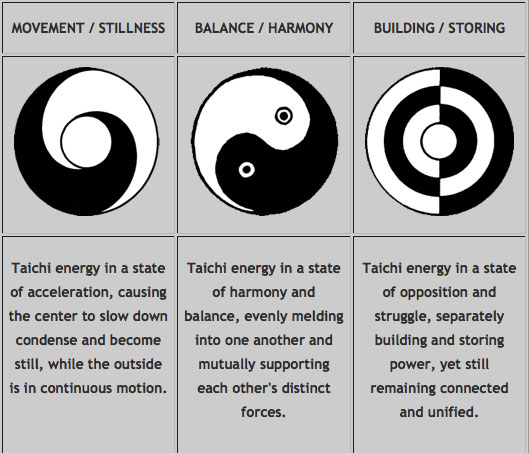 It’s widely believed that he created the Chen family-style of Tai Chi, from which all other styles developed.
It’s widely believed that he created the Chen family-style of Tai Chi, from which all other styles developed.
Tai Chi translates to “supreme ultimate”. This describes the vastness of the universe. Everything in nature works harmoniously together due to yin and yang elements.
Is Tai Chi safe?
Yes, Tai Chi is a low impact exercise, so it’s very safe.
Although minimal stress is placed on muscles and joints, every individual is different. Honour your body and never push yourself beyond your limits.
Please don’t fall into the trap of thinking that just because your teacher taught you a movement, it must be safe for you. The safety requirements for every style of Tai Chi are different, as the movements aren’t the same.
In regards to the Tai Chi programs that I teach, I’ve consulted with medical experts to make safety my top priority.
In 2005, a New Zealand government body paid for 10,000 older adults to attend Tai Chi classes to improve their health.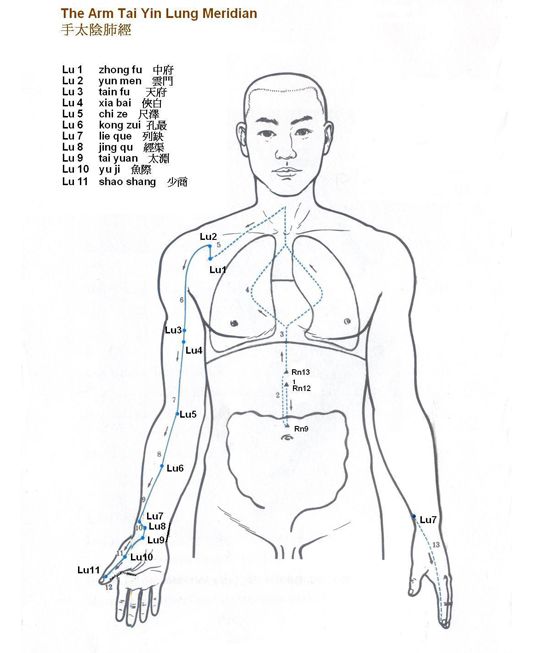 The Accident and Compensation Corporation (ACC) invited me to help them design safety measures and set up training courses for class teachers – based on the same injury prevention guidelines in my own workshops.
The Accident and Compensation Corporation (ACC) invited me to help them design safety measures and set up training courses for class teachers – based on the same injury prevention guidelines in my own workshops.
Here are some tips for when you’re doing Tai Chi from home, or in a class:
- Make sure you’re practising in a safe learning environment, with good lighting and no obstacles.
- Practise in a comfortable location that isn’t too cold, hot or windy.
- Drink water if you’re practising on a hot day.
- Warming up and cooling down exercises should be part of your routine.
- Never push your body beyond what feels comfortable for you, even if you think the movement looks easy.
These are easy to learn and most of them are common sense, so many teachers already do this.
Who is tai chi suitable for?
Anybody can learn and enjoy it, including children, people with a disability and older generations.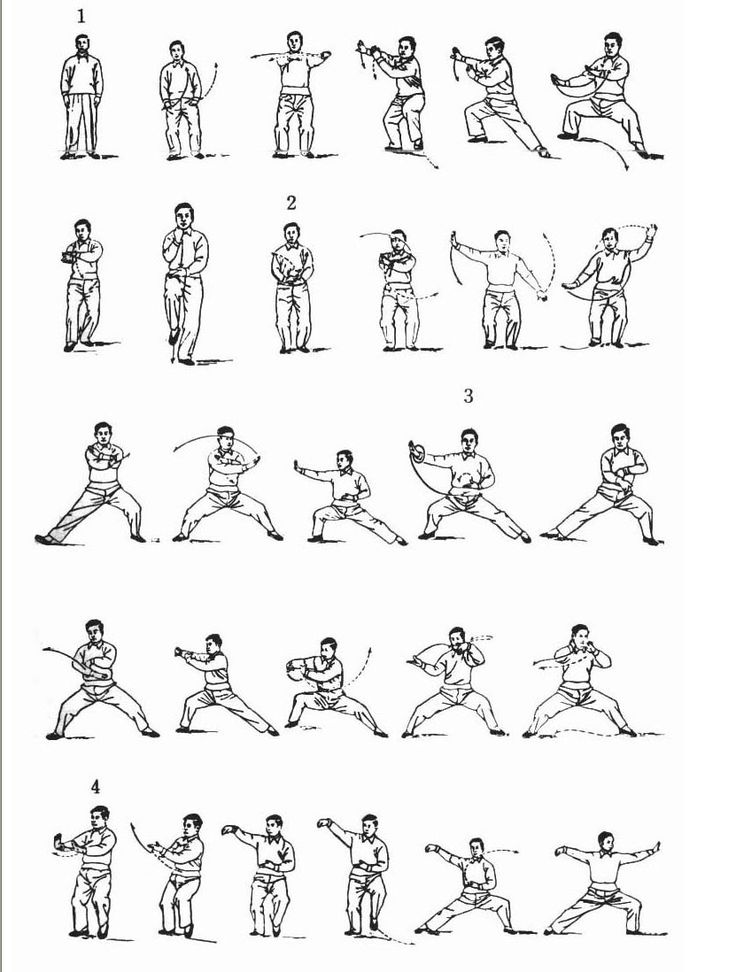
There’s something for everyone, from the slower paced styles to more vigorous movements of the classical Chen style. It all depends on your preferences and what your body can handle.
People with a disability and the elderly:
I’ve taken extra measures to make sure that Tai Chi is accessible to everyone, by working with my medical colleagues to adapt my programs for almost any chronic condition and disability.
Even people with limited movement can benefit from the principles.
For example, my friend Richard has Guillain-Barre Syndrome, an unusual disease that affected his neurological system. He was lying in an intensive care bed, hardly able to move any part of his body. He visualised Tai Chi for Rehabilitation in his mind, which gradually helped to bring him back to health.
Not just for adults, get the young ones involved too:
I love that Tai Chi unites people from different generations. The whole family can get involved.
It’s particularly suitable for adults looking for gentle exercise, but children also benefit from the practice – which does wonders for their developing brains, physical health and emotional wellbeing.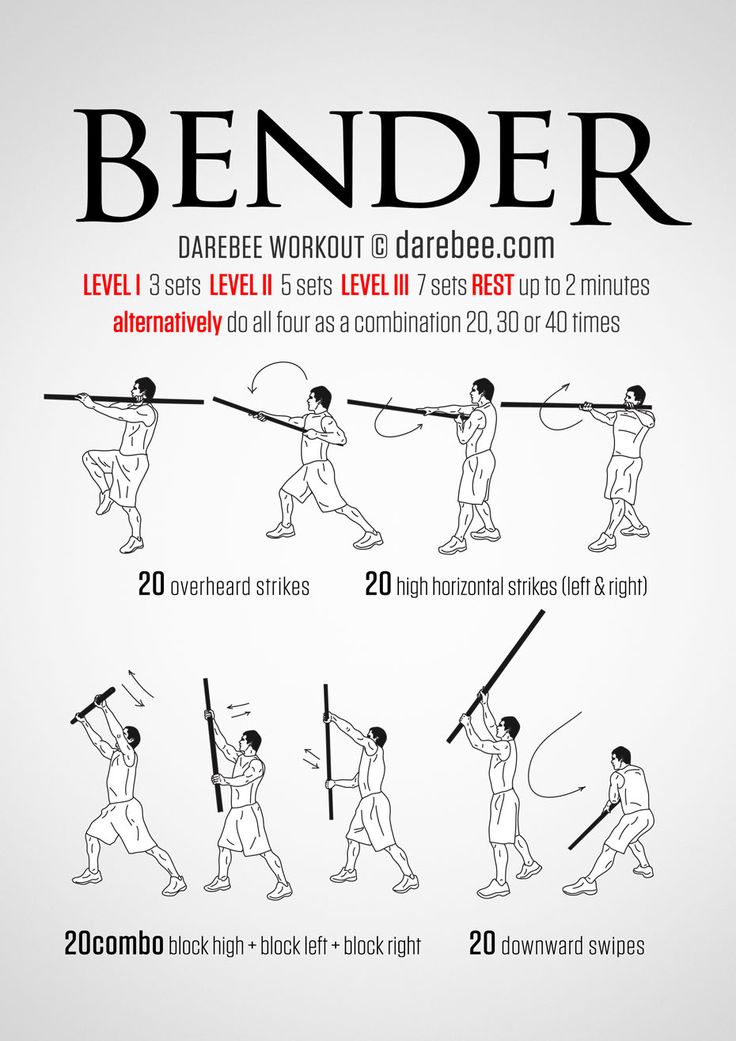
Children love to learn, and they’re very good at it, especially when enjoying a fun activity. Tai Chi provides the tools they need to feel balanced and better cope with stress. It’s a good chance to step away from the screens and connect with nature.
Standard Tai Chi classes are suitable for children, but they will probably get more out of a modified program that captures their attention and engages their strong imaginations.
How often should I practise Tai Chi before seeing results?
It’s a good idea to practise every day for at least 10 minutes a day, to get into a routine.
This is generally achievable, even on busy days.
Many people do 20 to 30 minutes of Tai Chi every day, but you can continue for longer as this activity isn’t strenuous. It all depends on your individual circumstances.
Benefits will occur after a few months of regular practice, but many people notice they’re feeling calmer, more grounded and healthier even before that.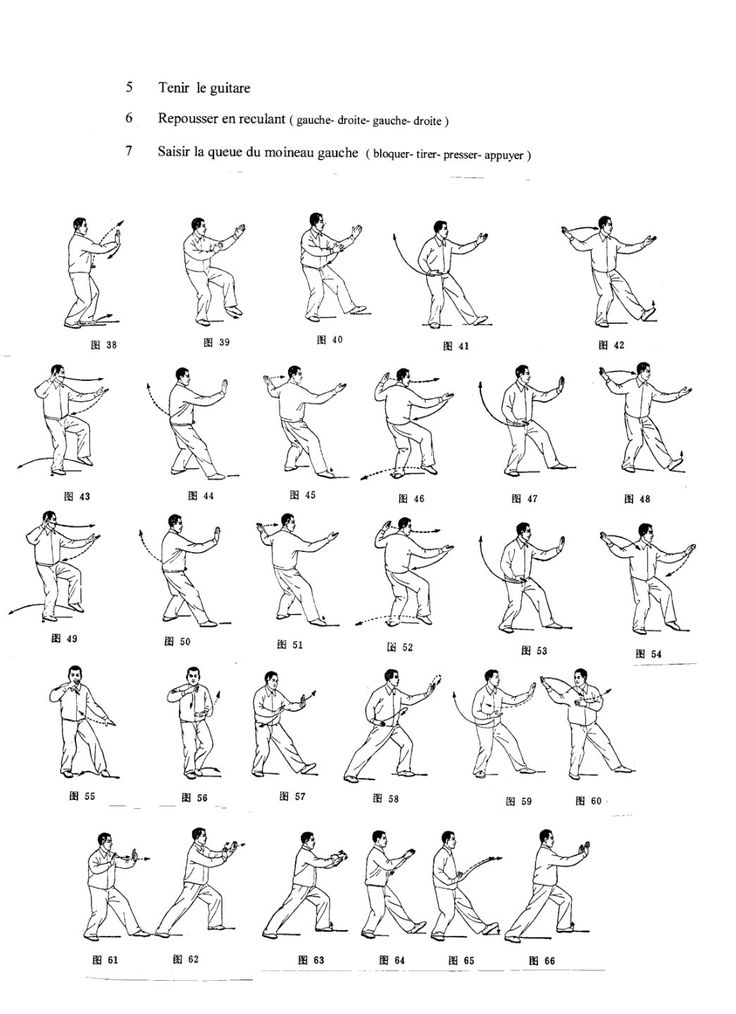 These benefits will deepen if you commit to a long-term routine.
These benefits will deepen if you commit to a long-term routine.
Tai Chi for Health programs (Dr Lam incorporates medical science)
There are many forms of Tai Chi, but programs that are designed specifically for health offer more targeted benefits.
Since 1997, I’ve worked with medical experts to create a series of Tai Chi for Health programs that are safe, easy and enjoyable to learn.
These instructional videos make Tai Chi accessible to people from the comfort of their homes, even if they have a disability or illness that restricts their movement. The lessons are suitable for all levels, from beginners to advanced.
But here’s the best part…
A number of published studies show these programs effectively prevent chronic diseases from occurring, or help people to manage their symptoms better.
I first created a program that helps people with arthritis to improve their condition. The results were so amazing that many arthritis foundations around the world support this program.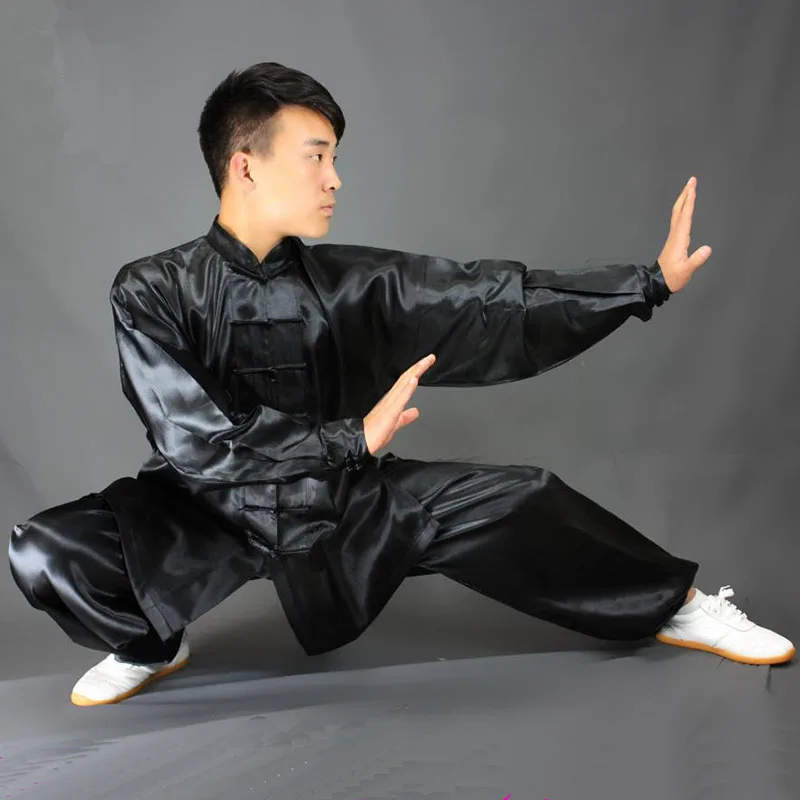
After that, I combined my knowledge of medicine, sport and Tai Chi to create programs for other conditions – with the help of medical experts in each field. Our approach is largely based on the Yang style with gentle and large movements.
Programs include:
- Tai Chi for Health
- Tai Chi for Arthritis
- Seated Tai Chi for Arthritis
- Tai Chi for Diabetes
- Tai Chi for Back Pain
- Tai Chi for Osteoporosis
- Tai Chi for Rehabilitation
- Tai Chi for Energy
- Tai Chi for Beginners
- Intermediate Tai Chi
- Advanced Tai Chi
- Tai Chi for Kids
- Tai Chi @ Work
- Tai Chi for Memory
- Tai Chi for Heart Conditions
Is it possible to learn Tai Chi from a DVD or video?
Yes, as long as the video has been constructed well.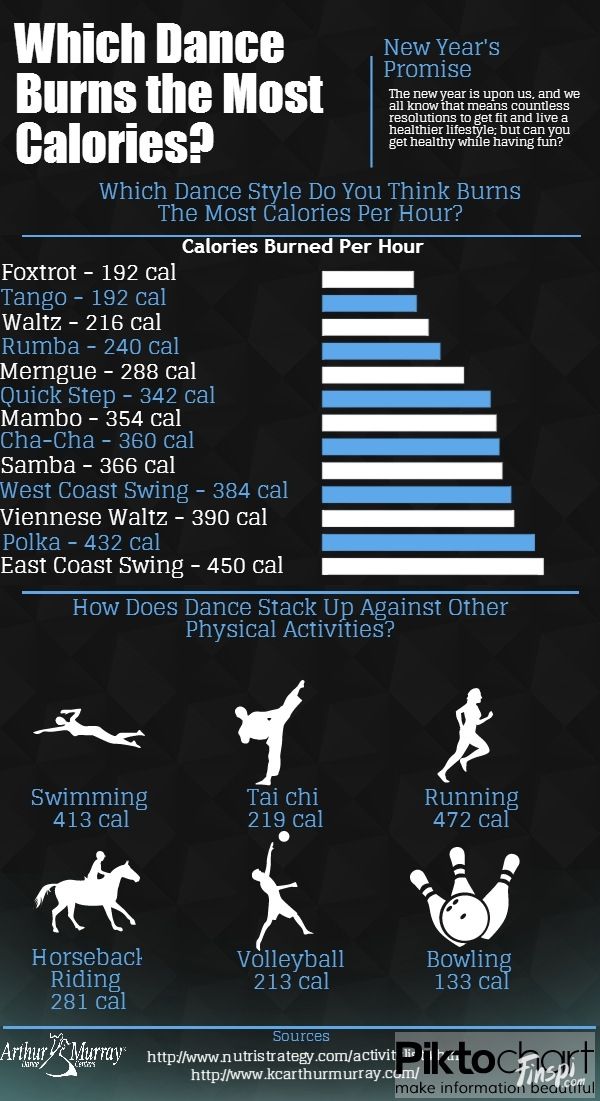 Thousands of people have learnt Tai Chi from our videos over the years – improving their mental and physical health along the way.
Thousands of people have learnt Tai Chi from our videos over the years – improving their mental and physical health along the way.
One advantage of learning from video is you can go at your own pace, without feeling pressured by others in the room. You can also rewind to watch the movements over and over again, until you get a grasp of how it’s done.
Another advantage is you don’t need to leave your home, which is particularly helpful during the global pandemic.
We also offer face-to-face workshops for people who want to work directly with an instructor (as long as COVID-19 social distancing requirements permit this).
Medical benefits of Tai Chi for Health programs (scientific studies)
Medical research shows that Tai Chi improves chronic conditions and prevents problems associated ageing.
Randomised controlled studies from around the world have evaluated the benefits of our Tai Chi for Health programs.
What’s more, many of my research papers have been published in peer-reviewed medical journals.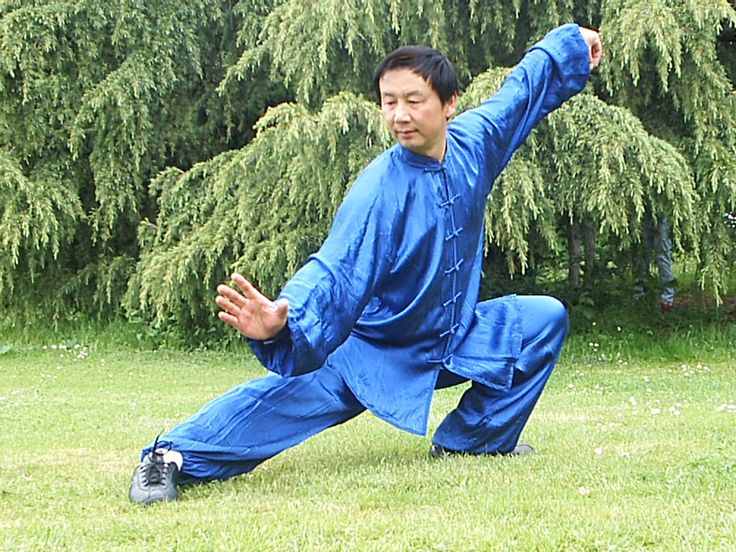 I’ve contributed on some level as chief investigator, co-investigator, consultant or advisor.
I’ve contributed on some level as chief investigator, co-investigator, consultant or advisor.
Here’s a list of 35 studies published by myself (Dr Lam) and associates.
Accreditations and global organisations that support our programs can be found here.
Now, let’s take a deeper look at a few of these studies:
Benefits for arthritis…
Studies show the Tai Chi for Arthritis program effectively relieves pain, improves physical movement, flexibility and balance. There’s low risk of injury with the exercises.
Tai Chi for Arthritis study (Journal of Rheumatology 2003):
72 patients with osteoarthritis were randomly put into an experimental or control group. They completed pre and post-test measures over 12 weeks.
Results show the Tai Chi group ended up with:
- 35% less pain
- 29% less stiffness
- 29% higher ability to perform daily tasks (like climbing stairs)
- Improved abdominal muscles
- Better balance
Benefits for diabetes…
Tai Chi helps people with diabetes to control their disease, and may even lower blood glucose levels.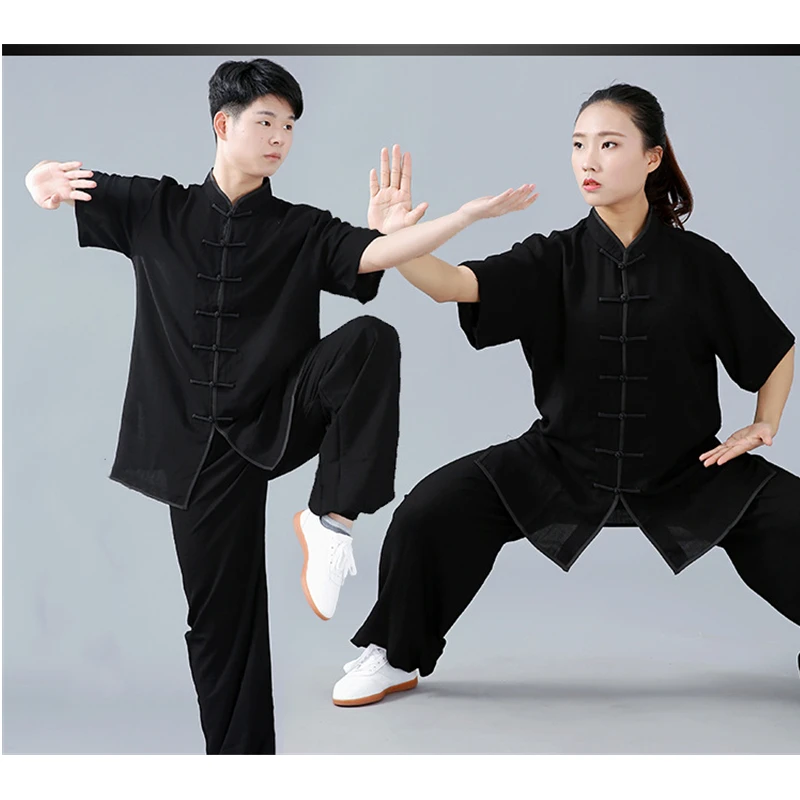
Tai Chi for Diabetes Study (2008):
This randomised control trial assessed the effects of a modified Tai Chi program on people with poorly controlled type II diabetes.
For both the control and Tai Chi group, there were improvements in:
- HbA1c indicator
- Six-metre walk test
- Total cholesterol levels
On top of this, improvements in physical and social functioning were found in the Tai Chi group.
Researchers believe that Tai Chi may be a useful part of treatment for type II diabetes. However, a higher number of sessions per week (or longer duration) may be required to show statistically significant reductions in metabolic or cardiovascular parameters.
The study can be found here.
Benefits for back pain…
Research shows us that Tai Chi can relieve back pain, improve flexibility and strengthen abdominal and pelvic muscles.
Tai Chi for Back Pain (study by Sydney University):
This randomised controlled trial involved 160 volunteers aged between 18 and 70 with a diagnosis of “persistent non-specific low back pain”.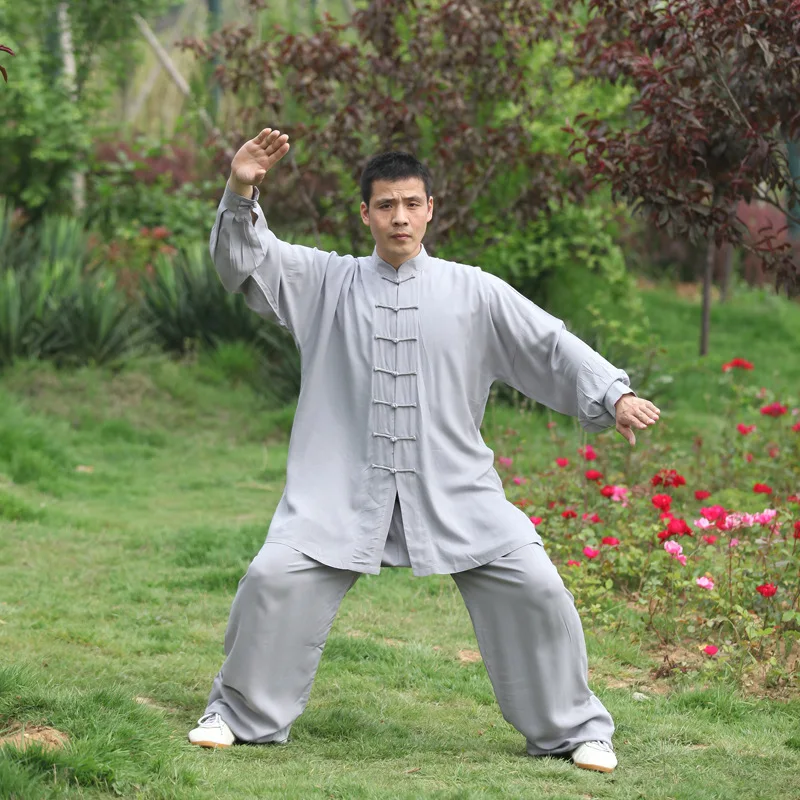 Half the people participated in 18 Tai Chi group sessions for 10 weeks, while the control group continued with their usual health care.
Half the people participated in 18 Tai Chi group sessions for 10 weeks, while the control group continued with their usual health care.
Results show that Tai Chi significantly reduced the intensity of back symptoms.
There were improvements for 75% of the Tai Chi participants – indicating this intervention effectively improves pain and disability outcomes.
The full study can be found in the Arthritis Care & Research Journal November 2011.
Fall prevention benefits…
Tai Chi helps older people to improve their balance, muscle strength and confidence, so they’re less likely to fall and injure themselves. The CDC even recommends our Tai Chi for Arthritis program for fall prevention.
Tai Chi for Fall Prevention study (2007)
This was the largest fall prevention study in the world, with 702 participants. Weekly community-based Tai Chi classes significantly reduced the number of falls, as well as the risk of multiple falls by 70%. The full study was published by the Journal of American Geriatric Society.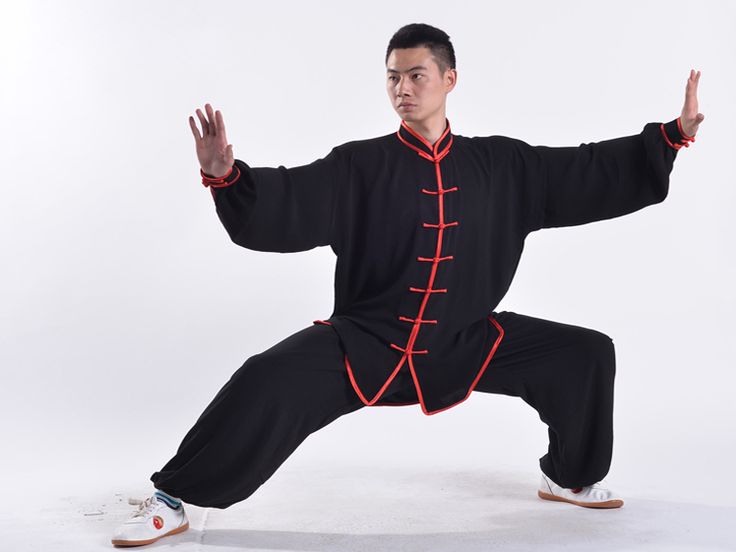
How to get started with our health programs
To get a taste of what my Tai Chi lessons involve, you can take some free online classes.
Simply click on the program that interests you. It will take you to another page, scroll down and the first lesson for that program is free (the video is at the bottom of the page).
You can purchase DVDs or online streaming videos of our full programs from here.
Please contact us if you have any questions about Tai Chi (including what program would be best for you).
Related Articles
Keep up to date with news, events & more.
Sign up for the free Tai Chi for Health Newsletter
Page load linkGo to Top
The Health Benefits of Tai Chi - Harvard Health Publishing
This gentle form of exercise can help maintain strength, flexibility, and balance, and could be the perfect activity for the rest of your life.
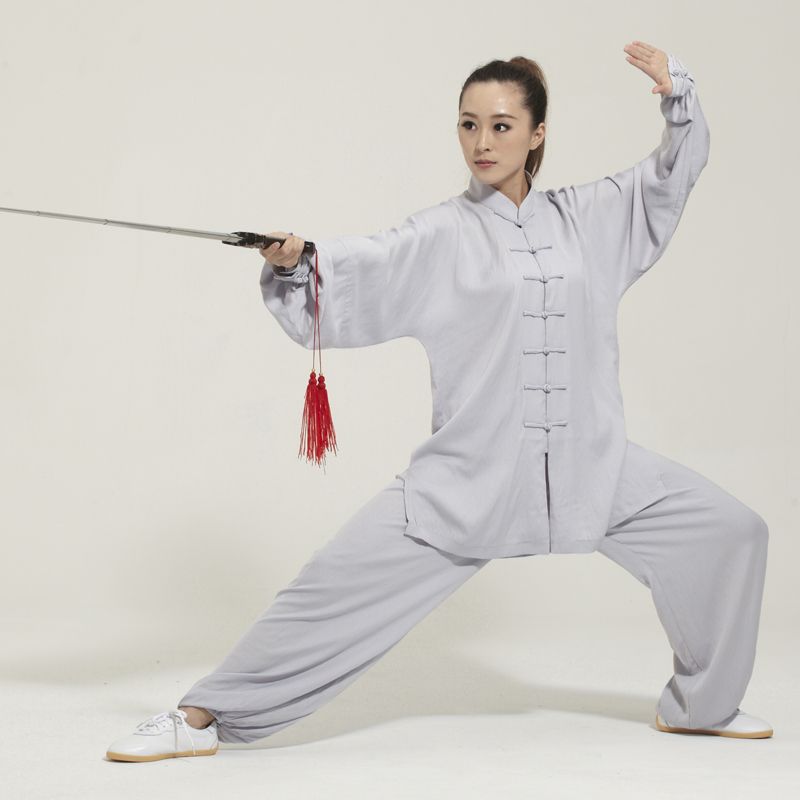
Tai chi is often described as "meditation in motion," but it might well be called "medication in motion." There is growing evidence that this mind-body practice, which originated in China as a martial art, has value in treating or preventing many health problems. And you can get started even if you aren't in top shape or the best of health.
In this low-impact, slow-motion exercise, you go without pausing through a series of motions named for animal actions — for example, "white crane spreads its wings" — or martial arts moves, such as "box both ears." As you move, you breathe deeply and naturally, focusing your attention — as in some kinds of meditation — on your bodily sensations. Tai chi differs from other types of exercise in several respects. The movements are usually circular and never forced, the muscles are relaxed rather than tensed, the joints are not fully extended or bent, and connective tissues are not stretched. Tai chi can be easily adapted for anyone, from the most fit to people confined to wheelchairs or recovering from surgery.
Tai chi movement
A tai chi class practices a short form at the Tree of Life Tai Chi Center in Watertown, Mass. |
A growing body of carefully conducted research is building a compelling case for tai chi as an adjunct to standard medical treatment for the prevention and rehabilitation of many conditions commonly associated with age. An adjunct therapy is one that's used together with primary medical treatments, either to address a disease itself or its primary symptoms, or, more generally, to improve a patient's functioning and quality of life.
Belief systemsYou don't need to subscribe to or learn much about tai chi's roots in Chinese philosophy to enjoy its health benefits, but these concepts can help make sense of its approach:
|
Tai chi in motion
A tai chi class might include these parts:
Warm-up. Easy motions, such as shoulder circles, turning the head from side to side, or rocking back and forth, help you to loosen your muscles and joints and focus on your breath and body.
Instruction and practice of tai chi forms. Short forms — forms are sets of movements — may include a dozen or fewer movements; long forms may include hundreds. Different styles require smaller or larger movements. A short form with smaller, slower movements is usually recommended at the beginning, especially if you're older or not in good condition.
Qigong (or chi kung).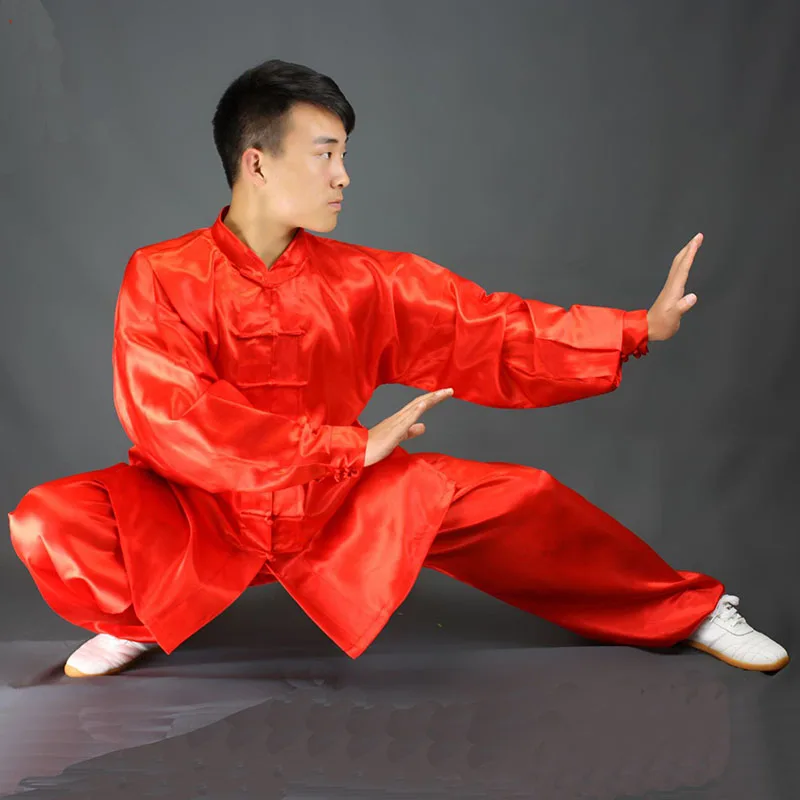 Translated as "breath work" or "energy work," this consists of a few minutes of gentle breathing sometimes combined with movement. The idea is to help relax the mind and mobilize the body's energy. Qigong may be practiced standing, sitting, or lying down.
Translated as "breath work" or "energy work," this consists of a few minutes of gentle breathing sometimes combined with movement. The idea is to help relax the mind and mobilize the body's energy. Qigong may be practiced standing, sitting, or lying down.
Getting startedThe benefits of tai chi are generally greatest if you begin before you develop a chronic illness or functional limitations. Tai chi is very safe, and no fancy equipment is needed, so it's easy to get started. Here's some advice for doing so: Don't be intimidated by the language. Names like Yang, Wu, and Cheng are given to various branches of tai chi, in honor of people who devised the sets of movements called forms. Certain programs emphasize the martial arts aspect of tai chi rather than its potential for healing and stress reduction. Check with your doctor. If you have a limiting musculoskeletal problem or medical condition — or if you take medications that can make you dizzy or lightheaded — check with your doctor before starting tai chi. Given its excellent safety record, chances are that you'll be encouraged to try it. Consider observing and taking a class. Taking a class may be the best way to learn tai chi. Seeing a teacher in action, getting feedback, and experiencing the camaraderie of a group are all pluses. Most teachers will let you observe the class first to see if you feel comfortable with the approach and atmosphere. Instruction can be individualized. Ask about classes at your local Y, senior center, or community education center. If you'd rather learn at home, you can buy or rent videos geared to your interests and fitness needs (see "Selected resources"). Although there are some excellent tai chi books, it can be difficult to appreciate the flow of movements from still photos or illustrations. Talk to the instructor. There's no standard training or licensing for tai chi instructors, so you'll need to rely on recommendations from friends or clinicians and, of course, your own judgment. Look for an experienced teacher who will accommodate individual health concerns or levels of coordination and fitness. Dress comfortably. Choose loose-fitting clothes that don't restrict your range of motion. You can practice barefoot or in lightweight, comfortable, and flexible shoes. Tai chi shoes are available, but ones you find in your closet will probably work fine. You'll need shoes that won't slip and can provide enough support to help you balance, but have soles thin enough to allow you to feel the ground. Gauge your progress. Most beginning programs and tai chi interventions tested in medical research last at least 12 weeks, with instruction once or twice a week and practice at home. By the end of that time, you should know whether you enjoy tai chi, and you may already notice positive physical and psychological changes. |
No pain, big gains
Although tai chi is slow and gentle and doesn't leave you breathless, it addresses the key components of fitness — muscle strength, flexibility, balance, and, to a lesser degree, aerobic conditioning. Here's some of the evidence:
Muscle strength. Tai chi can improve both lower-body strength and upper-body strength. When practiced regularly, tai chi can be comparable to resistance training and brisk walking.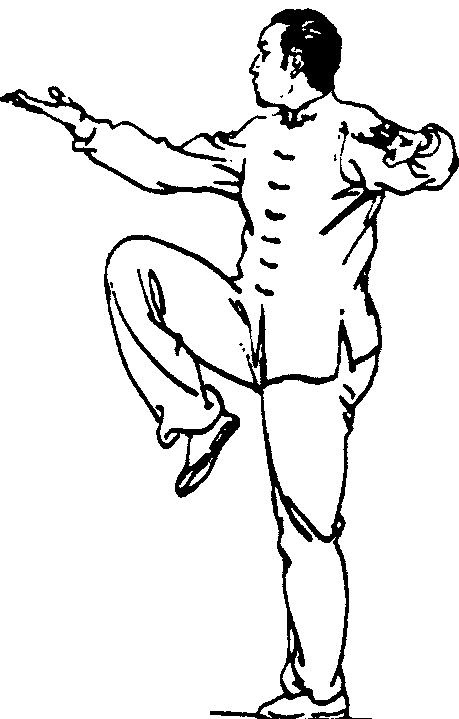
Although you aren't working with weights or resistance bands, the unsupported arm exercise involved in tai chi strengthens your upper body. Tai chi strengthens both the lower and upper extremities and also the core muscles of the back and abdomen.
Flexibility. Tai chi can boost upper- and lower-body flexibility as well as strength.
Balance. Tai chi improves balance and, according to some studies, reduces falls. Proprioception — the ability to sense the position of one's body in space — declines with age. Tai chi helps train this sense, which is a function of sensory neurons in the inner ear and stretch receptors in the muscles and ligaments. Tai chi also improves muscle strength and flexibility, which makes it easier to recover from a stumble. Fear of falling can make you more likely to fall; some studies have found that tai chi training helps reduce that fear.
Aerobic conditioning. Depending on the speed and size of the movements, tai chi can provide some aerobic benefits.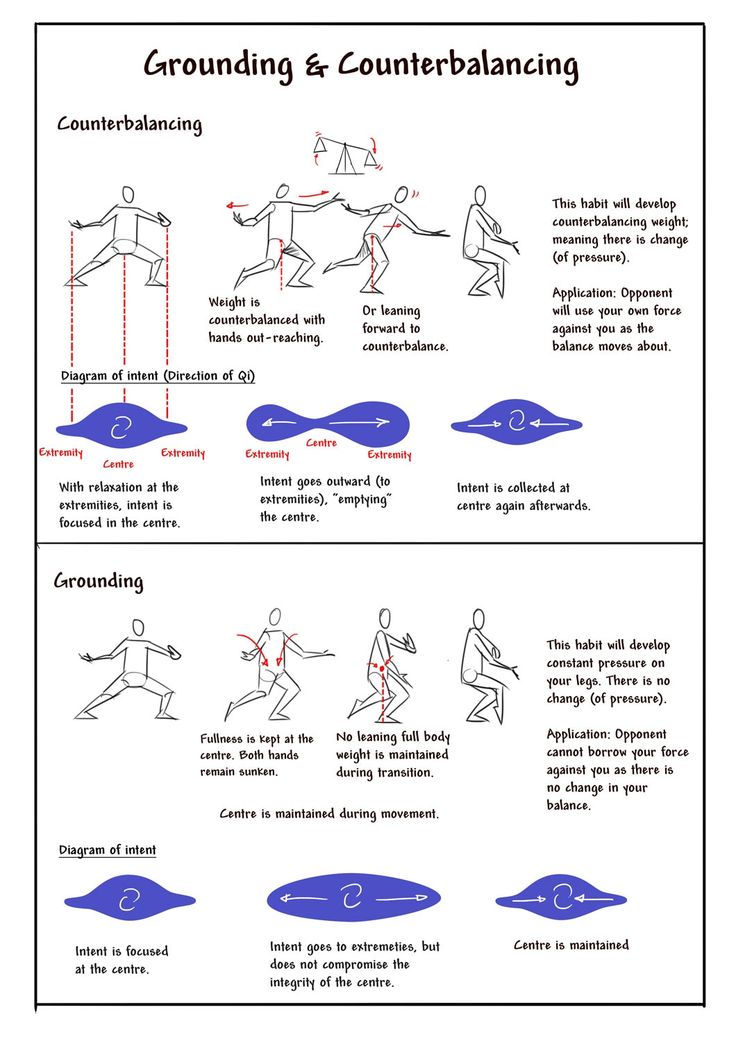 If your clinician advises a more intense cardio workout with a higher heart rate than tai chi can offer, you may need something more aerobic as well.
If your clinician advises a more intense cardio workout with a higher heart rate than tai chi can offer, you may need something more aerobic as well.
Selected resourcesAn Introduction to Tai Chi Harvard Health Special Report Tai Chi Health www.taichihealth.com Tree of Life Tai Chi Center www.treeoflifetaichi.com |
Is it worth practicing tai chi for health and longevity
June 15 Likbez Sports and fitness
Iya Zorina analyzes the proven effects of Chinese meditation gymnastics and tells you where to start training.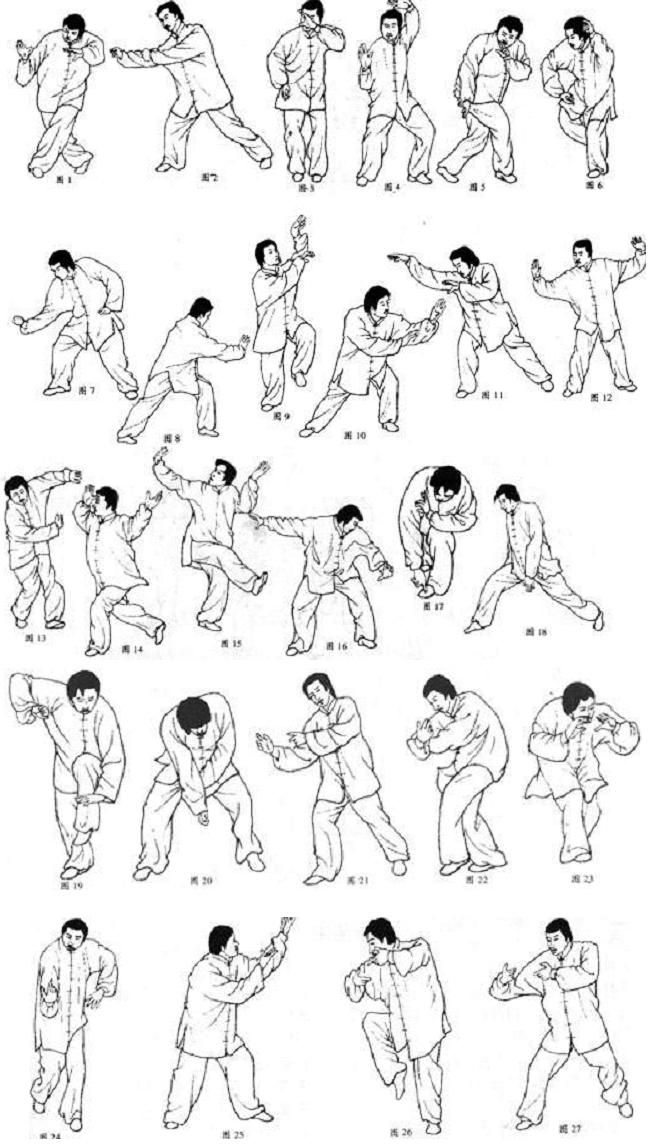
Iya Zorina
Author of Lifehacker, athlete, CCM
What is tai chi
forms flowing from one to another like a slow dance. nine0003
Forms have poetic names, often associated with animals or objects - "white crane flapping its wings", "horse urging", "playing the lute" - and are combined into continuous complexes.
In addition to movement, an important aspect of the practice is breath control and concentration on body position and state of mind. All together turns classes into a kind of meditation in motion.
Initially, tai chi developed in China as a martial art - taijiquan ("fist of the great limit"). However, throughout the world this practice has become known as gymnastics with a very gentle effect on the body. nine0003
Since most styles of tai chi do not involve sudden movements, force and shock loads, or extreme positions of the joints, the practice is often used as a system of exercises for people in old age, as well as during the period of recovery from diseases and injuries.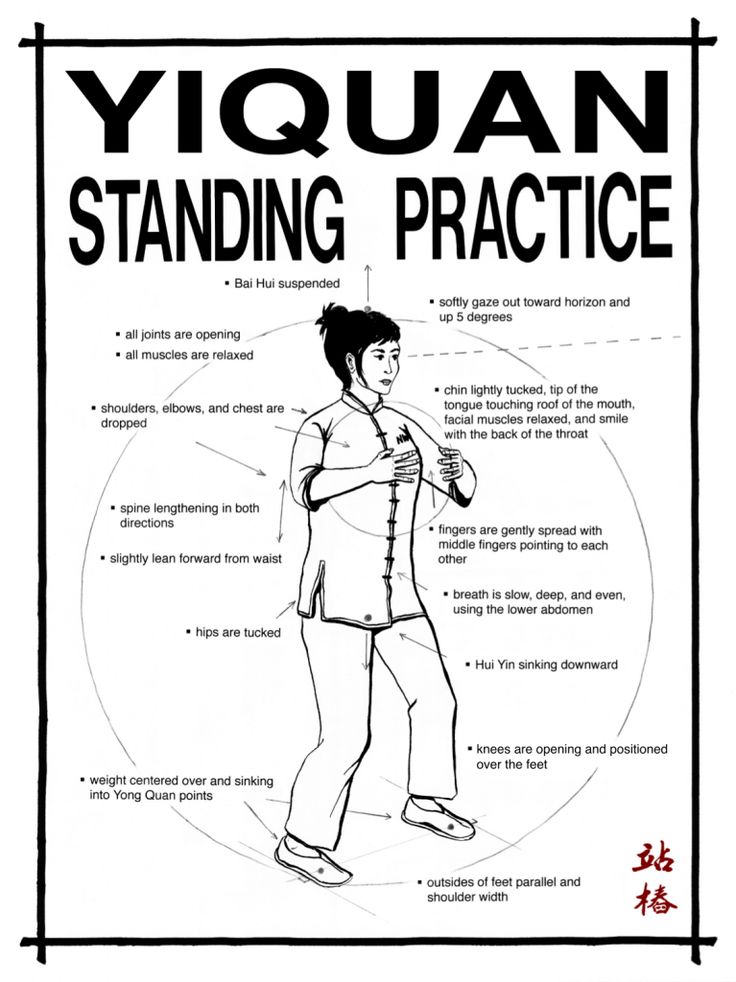
Why do tai chi
Most of the studies on tai chi were conducted on people aged 60-80, as well as on patients with various diseases that reduce the quality of life. As a result, it turned out that for people weakened by age or illness, this gymnastics helps to improve their physical condition in several ways at once. nine0003
- Increased bone density . As people age, they begin to lose bone mass, which increases the risk of disease and injury. Tai chi helps stop bone breakdown and reduces fractures in the elderly.
- Better heart and lung health . Tai chi significantly lowers blood pressure and heart rate, increases heart rate variability and other indicators of cardiovascular health.
- Increased functionality . With minimal impact on the body, tai chi still increases muscle strength, flexibility and a sense of balance.
- Improving the sense of balance . The relationship between tai chi practice and the development of a sense of balance has been well documented: regular training improves the ability to maintain balance and almost halves the risk of falls.
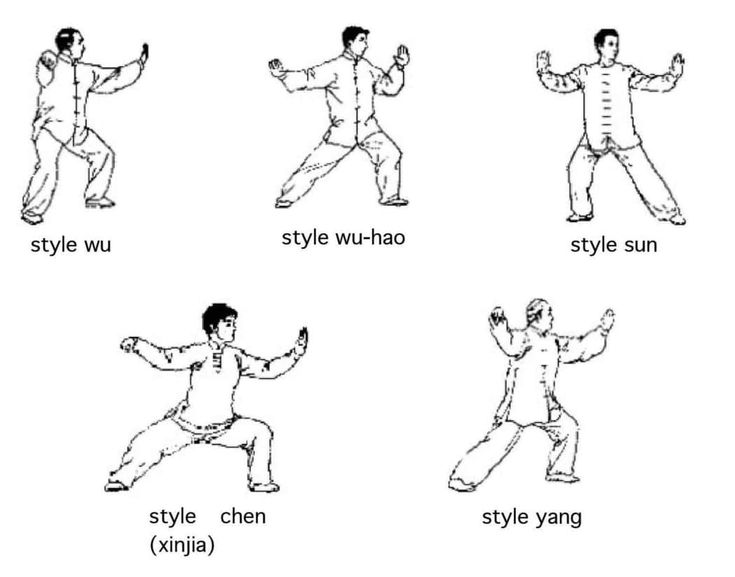 Gymnastics works especially well with low-intensity aerobic work like walking.
Gymnastics works especially well with low-intensity aerobic work like walking. - Improving the quality of life and mental health . Due to the meditative component, tai chi helps fight stress, reduces anxiety and improves mood, increases self-esteem and self-confidence, and generally improves the quality of life for people recovering from a stroke and heart attack, oncology, arthritis and other diseases.
Who should try tai chi
Tai chi is a great choice if you:
- You are over 50 and looking for a safe way to increase your physical activity.
- Recovering from surgery or injury and are at a stage where you can start exercising.
- Are you looking for a way to increase physical activity, but at the same time you have not been involved in sports for a long time and you hate fitness in any of its manifestations.
- Want to reduce stress and anxiety, increase awareness and find harmony with yourself.
Tai chi is suitable for people of all ages and has virtually no contraindications.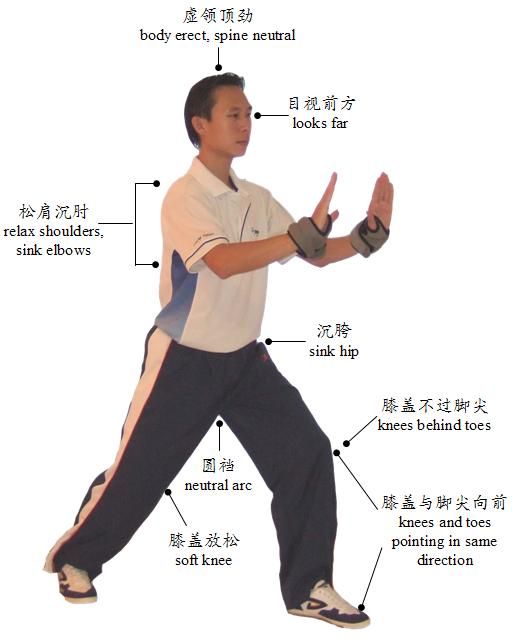 However, there are still conditions in which it is better to consult a doctor before classes:
However, there are still conditions in which it is better to consult a doctor before classes:
- Pregnancy.
- Problems with joints and spine.
- Exacerbation of osteoporosis.
- Hernias.
Who shouldn't try tai chi
Tai chi is not for you if you want to:
- Lose weight, increase muscle mass and develop endurance. nine0030
- Improve athletic performance in any sport.
- Learn self-defense techniques that will allow you to effectively defend yourself against opponents.
Soft gymnastics does not provide enough incentives to improve the fitness of healthy young people.
Which style of tai chi to choose
All styles of tai chi include soft and flowing forms that change continuously. However, there are some differences that may influence your choice.
Currently, there are several main branches of tai chi:
- Chen. This is the oldest style of tai chi and is most reminiscent of a martial art.
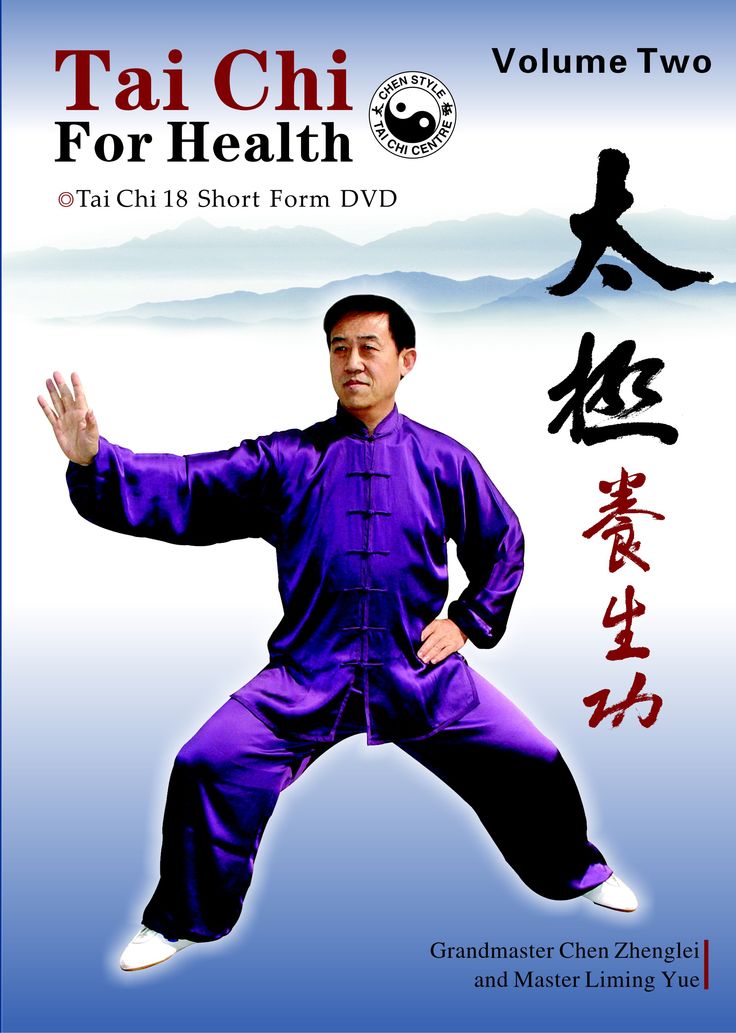 In addition to soft and fluid movements, it also includes jumping, explosive elements, and kicks and punches. Unlike other types, Chen provides a cardio load and is more often practiced by young people.
In addition to soft and fluid movements, it also includes jumping, explosive elements, and kicks and punches. Unlike other types, Chen provides a cardio load and is more often practiced by young people. - Jan. The most popular style, featuring sweeping stately movements. There are no jumps or hard hand and foot techniques, so the style is suitable for people of all ages and abilities. nine0030
- Wu (U). The second most popular style of tai chi. Includes deviations of the body from the center line. During flexion and extension of the body, the standing leg behind serves to maintain balance. Movements in Wu-style are less amplitude than in Yang forms.
- Sun. Includes a mix of tai chi styles and martial arts elements. The style is characterized by unique footwork and soft, circular hand movements.
For beginners, the Yang and Wu options are best - they are most often taught in Russian schools and fitness centers.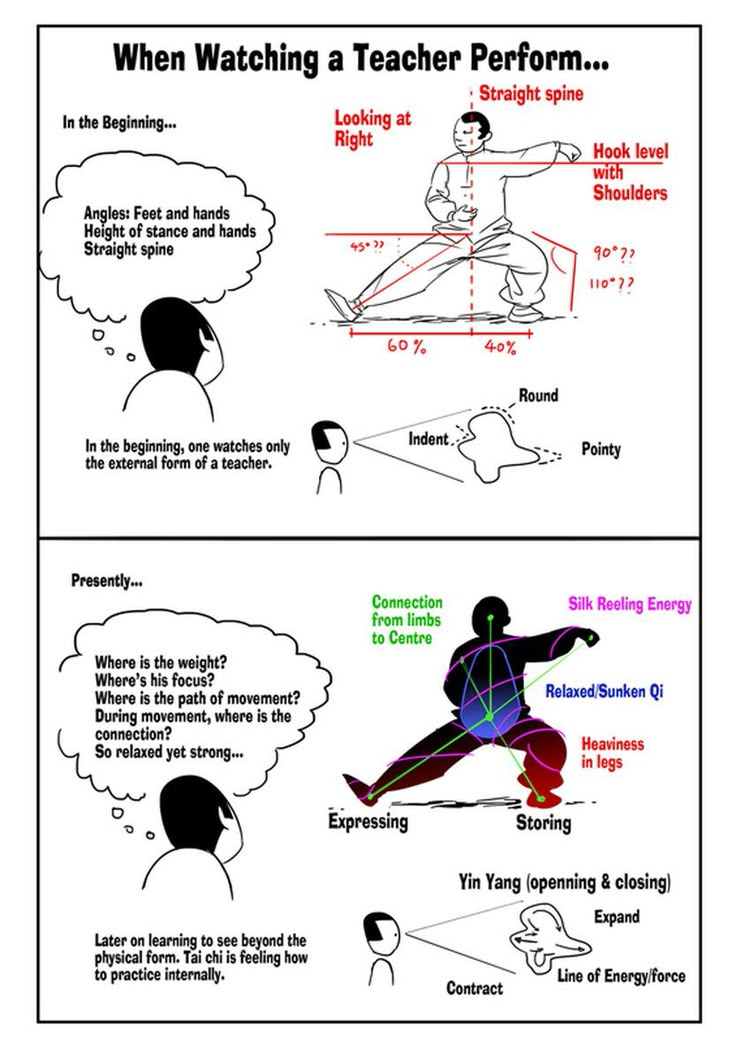 These styles provide minimal stress to the muscles and joints. If you are looking for something more active, choose the Chen style: it will help increase leg strength, improve stretching and build endurance. nine0003
These styles provide minimal stress to the muscles and joints. If you are looking for something more active, choose the Chen style: it will help increase leg strength, improve stretching and build endurance. nine0003
Tai Chi Essentials
This practice does not require special equipment or clothing. It is enough to find comfortable things that do not restrict movement. You can remove your shoes and go barefoot or find soft and non-slip sneakers with thin soles that do not restrict the foot.
It is best to start your practice with a coach who will help you learn the forms and follow the correct execution and breathing. If there are no courses in your city or you want to master the practice alone, try studying with instructional videos. nine0003
How to practice tai chi at home
Tai chi forms of different styles may differ from each other in name or method of performance, but they all share the basic principles: smooth continuous movements, breath control and body position.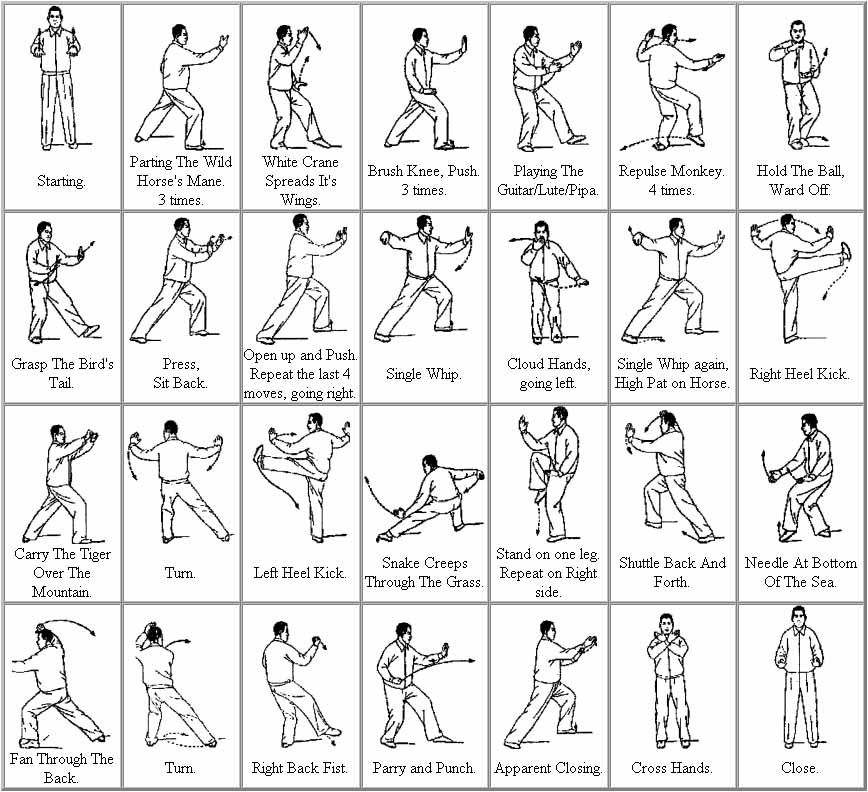 As a rule, training begins with a warm-up, which helps to warm up the muscles and tune in to the lesson.
As a rule, training begins with a warm-up, which helps to warm up the muscles and tune in to the lesson.
How to warm up
Head tilts
Stand with your feet shoulder-width apart, breathe deeply and naturally. Gently raise your arms in front of you to shoulder level, turn your palms towards you, bend your elbows and pull your chin in, stretching the back of your neck. Then turn your hands palms away from you, straighten and lower, while tilting your head. Repeat the movement three times. nine0003
Turning the head
Raise your arms again, bend your left hand and turn your palm towards you, and lower your right hand and point it towards the floor with your palm. Then move your left hand to the left and turn your head with it, continuing to look at the palm. Return to a straight position, change hands and turn to the right. Perform three movements in each direction.
Shoulder Warm-up
Do three shoulder rotations forward and three back.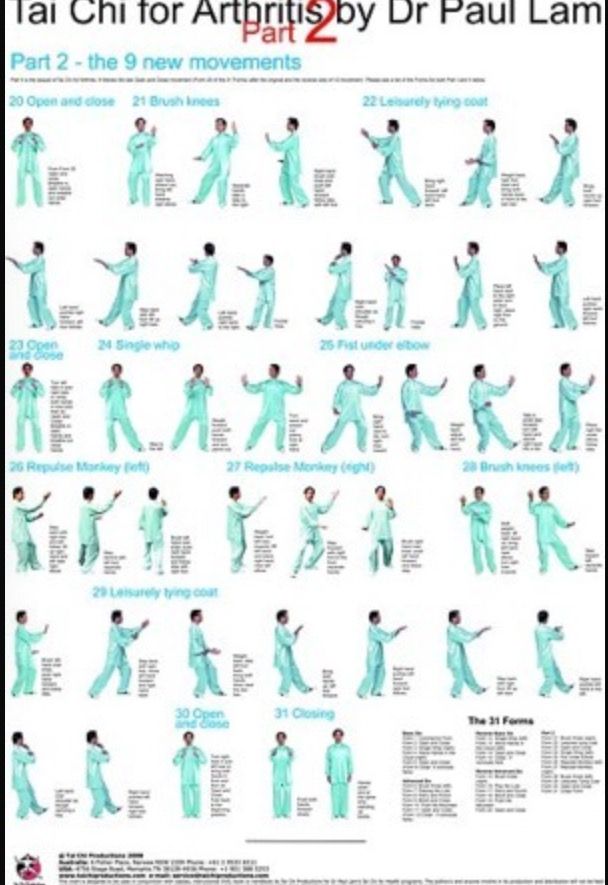 With an inhalation, raise your hands in front of you to shoulder level, with an exhalation, turn them palms down, lower and bend your knees slightly. Repeat the movement three times. nine0003
With an inhalation, raise your hands in front of you to shoulder level, with an exhalation, turn them palms down, lower and bend your knees slightly. Repeat the movement three times. nine0003
Back Stretch
Raise your arms in front of you as if holding a large beach ball. Place the left one on top, just below the level of the collarbones, and turn the palm down. Hold the right hand at the level of the stomach with the palm up. From this position, move your right hand up, turning it with your palm towards the ceiling, and lower your left hand, pointing your palm towards the floor.
Then again assume the position as if holding a ball in your hands, only now the right palm is on top and the left palm is on the bottom. Repeat the movement: raise your left hand up with your palm to the ceiling, and lower your right hand, as if pushing the floor. nine0003
Repeat the chain of motions two more times on each side. Bend your knees slightly as you return your arms to the ball-hold position, as you move your arms up and down, straighten your knees and stretch your back.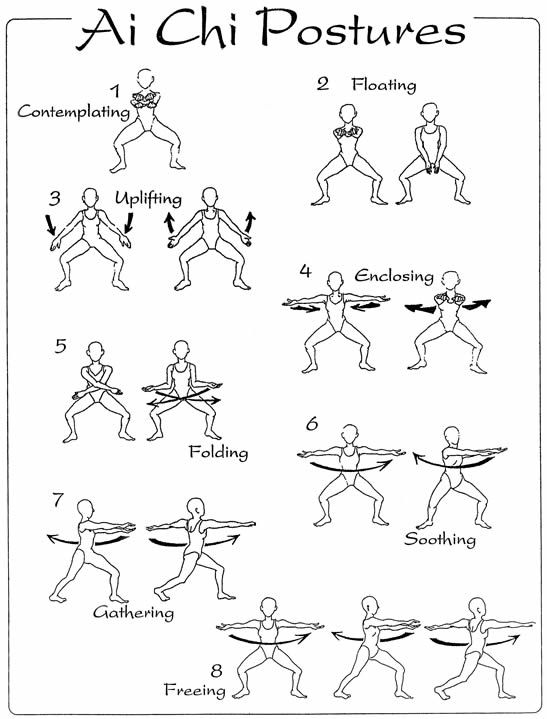
Body Turns
Leave your hands in a ball hold position with your left hand on top. Gently bend your knees and turn your torso to the left. In a circular motion, switch hands and turn your body to the right side. Continue changing hands and turning your body left and right. Repeat three times on each side. nine0003
Hip Stretch
Slowly raise your arms to shoulder height with palms down, then bend your knees and lower your arms. Bring your left foot forward and place it on your heel. Bring your arms back for balance. Then move your hip back and place your foot on your toe while raising your arms in front of you. Alternate leg forward and backward. Repeat this exercise three times with each leg.
Lateral Stretch
Shift your weight onto your right foot and gently bend your knee. Raise your right hand to shoulder level and turn it with the palm away from you. Imagine that you are leaning your forearm and palm against a wall.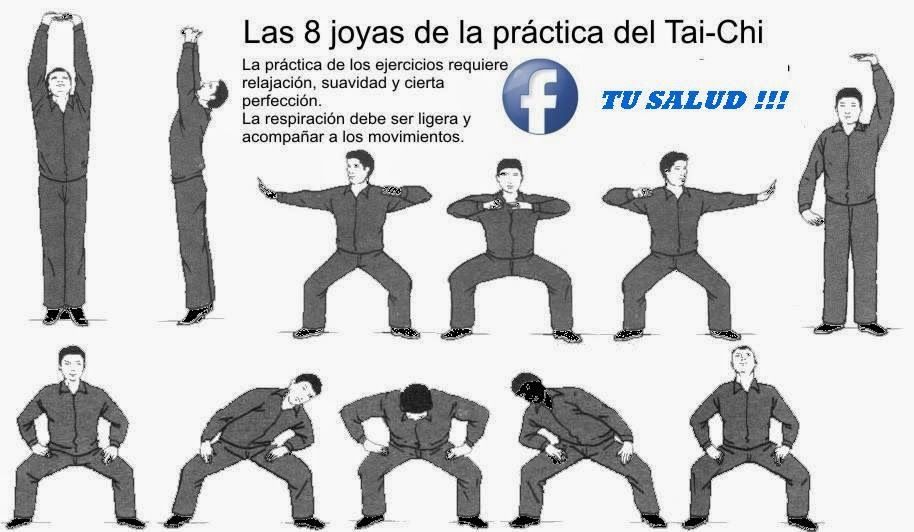 Keep your left hand under your right elbow. nine0003
Keep your left hand under your right elbow. nine0003
Stretch your left leg out to the side and place it on your toes. Then put your left foot on the whole foot, transfer your body weight to it and move your hands to the left side, and put your right foot on the toe - now you are leaning on the wall to your left. Repeat three times on each side.
Knee warm-up
Clench your fists and keep them at hip level. Shift your body weight onto your right leg, bend your knee slightly, bring your left knee forward and straighten your leg. At the same time as you take out your leg, raise your right hand and perform a smooth kick. Bring your hand back to your hip and your leg back to the floor, and repeat the movement on the other side. Do three times each. nine0003
Step forward
Stand with your feet shoulder-width apart, bend your knees slightly and step forward with your left foot. Straighten your left knee, place your foot on the floor, and keep your body weight on your right leg.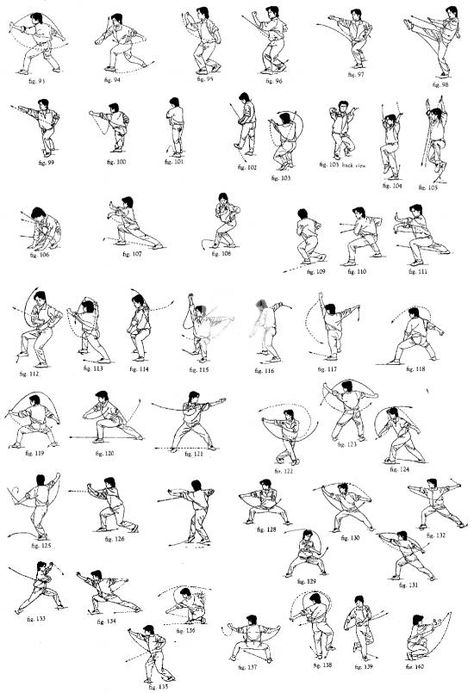
Then bend the left leg and transfer the weight of the body to it, while striking forward with the right arm. Swing back, again returning body weight to the back standing leg, lower your arm and return your legs to a position shoulder-width apart. Repeat the same on the other side. Do three times on each side. nine0003
Ankle warm-up
Place your hands on your hips, bend your knees and shift your weight onto your right leg. Straighten the left forward and slightly to the side. Keeping your body weight on your back foot, alternately touch the floor with your heel and toe. Perform three times with each leg. Then do the same movement, only alternately touching the floor with the outer and inner sides of the foot.
How to do forms
The main part of tai chi training is learning and repeating complexes consisting of a different number of forms. nine0003
Below is a small set of eight forms from tai chi instructor Harry Smith. In the video, Smith reveals that he often uses this moveset for beginners.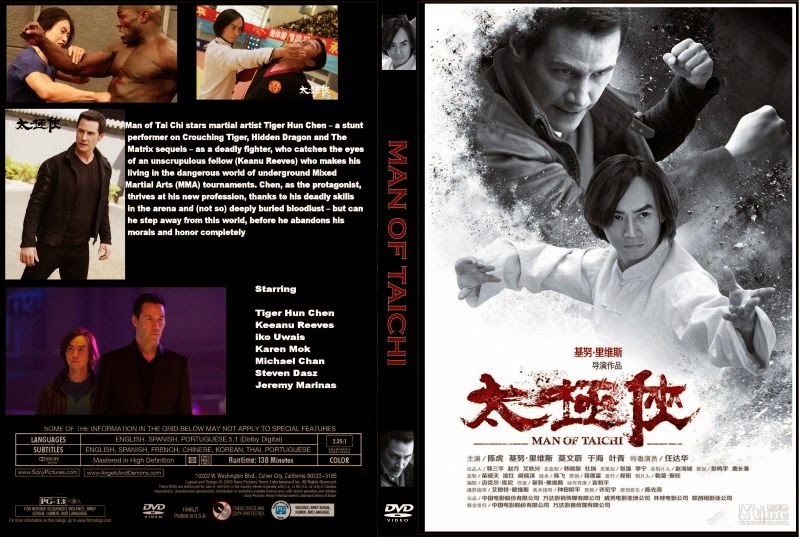 The complex does not contain complex elements and is carried out in one direction, which facilitates perception and orientation in space.
The complex does not contain complex elements and is carried out in one direction, which facilitates perception and orientation in space.
Preparation
Stand with your feet shoulder-width apart, while inhaling, raise your arms up through your sides and lower them in front of your body, palms down. Repeat two times. nine0003
Start
Raise your arms in front of your body with your palms down to shoulder height, then lower them gently while gently bending your knees. Repeat two times.
Playing the guitar
Turn your torso to the left, transferring your weight to your left leg, and spread your arms out to the sides, palms down.
Extend the right arm in front of the body, as if pointing the open palm to the corner, straighten the right leg and place it on the heel. Move your left hand forward and leave it in front of the body at the level of the diaphragm. Take a step forward, transferring your body weight to your right foot.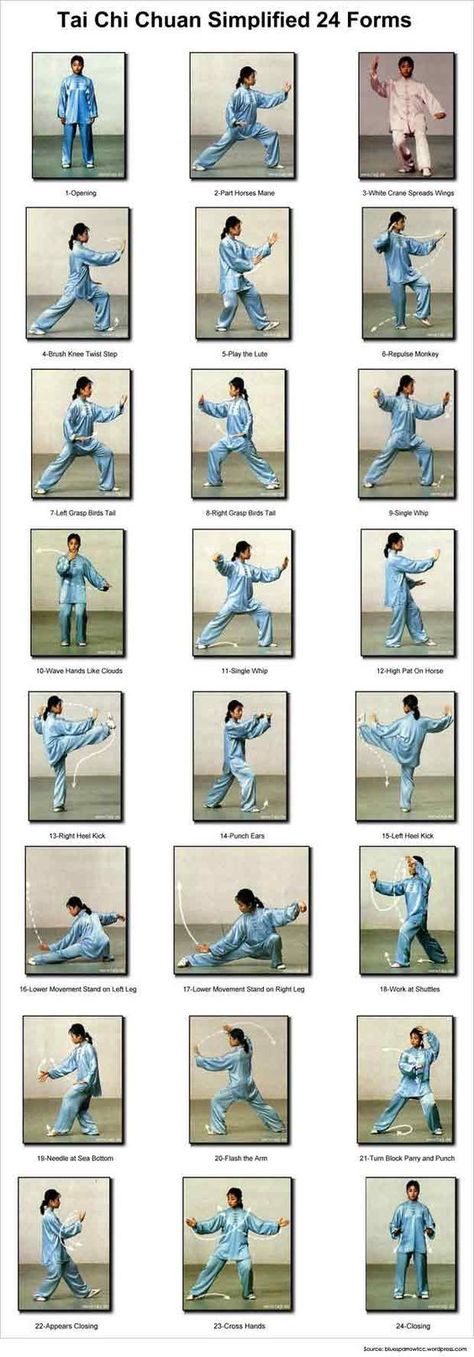 At the same time, move both hands forward and slowly lower them down. nine0003
At the same time, move both hands forward and slowly lower them down. nine0003
Turn the body to the right and repeat the same on the other side: now the weight of the body remains on the right leg, the left straightens and is placed on the heel, and the left hand points the direction.
Stop in this position and move on to the next form.
Step back to drive the monkey away
Gently bend your knees and step back from your left foot while extending your right arm in front of your body, palm forward. Describe a full circle with your left hand, following it with your eyes, and then raise it to the level of your head. Place your right foot next to your left on your toes. nine0003
Now step back with your right foot, changing the position of your hands. Bring your left hand forward, and with your right hand, describe a full circle from the bottom up, looking through your palm.
Make two more such backward movements. Then step back from your right foot, put your left foot on the toe next to it, and fold your hands, as in a warm-up: leave the right one at the top with the palm on the floor, the left one at the bottom with the palm up, as if holding a large sphere in front of the body.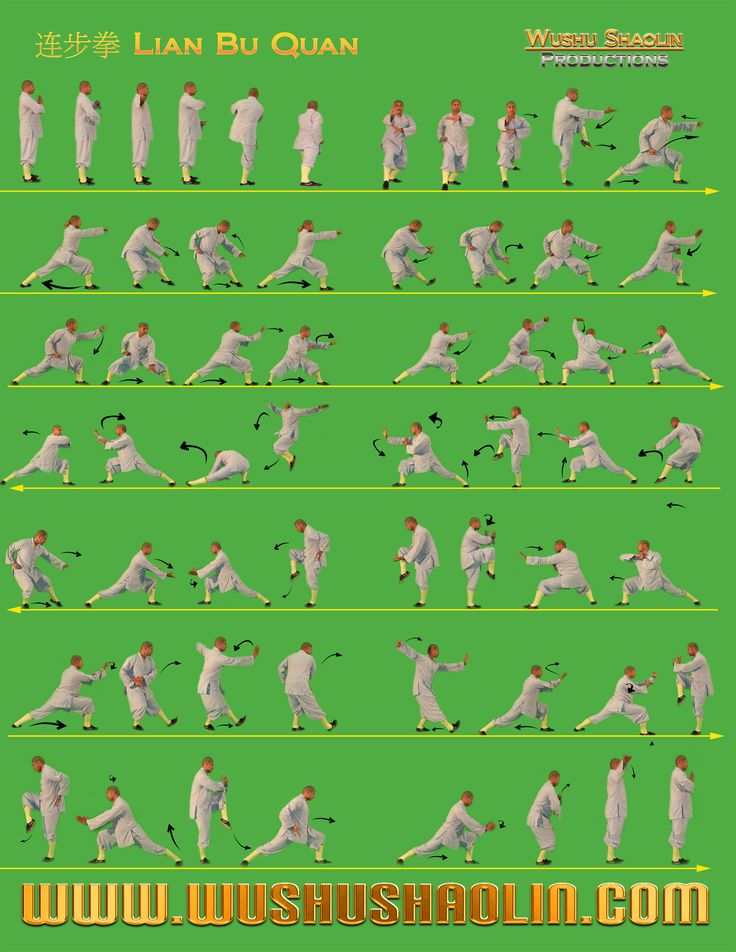
Wild Horse Mane Stroke
Take a step to the side with your left foot and transfer your body weight to it, straighten your right foot. Simultaneously with this smooth sliding movement, raise your left hand with your palm up and move it to the side, and lower your right hand with your palm down.
Move your hands smoothly, as if petting a wild animal that could run away at any moment. Bring your right foot to your left, and fold your arms again in front of your body, as if holding a sphere. Perform the same movement on the other side, stepping on the right foot.
Single whip
Extend arms forward. Fold the fingers of the right hand into a pinch and bend the wrist, leave the left palm open. Take a step to the side with your left foot and transfer your body weight to it. Turn the body to the left, move the left hand to the position in front of the chest, gently bend at the elbow and turn the palm forward.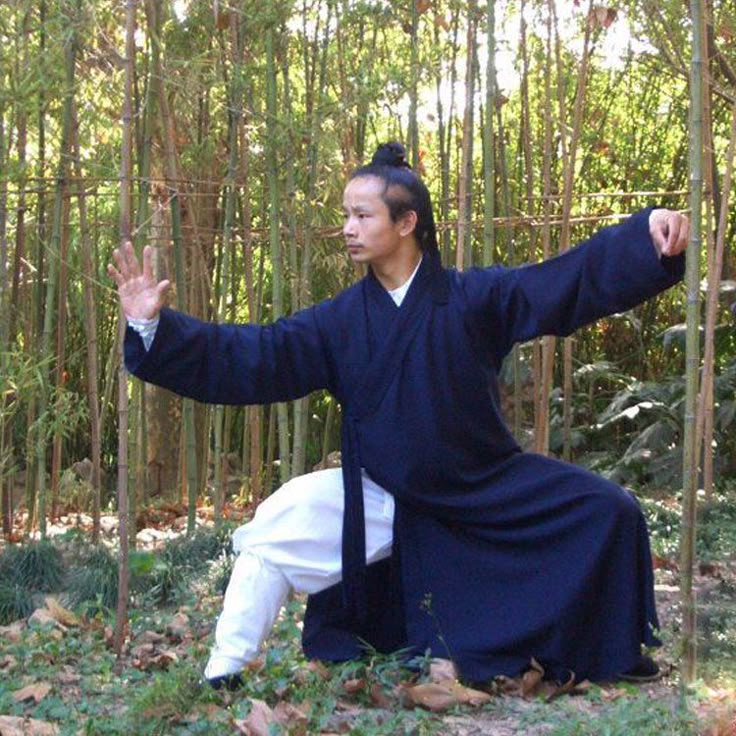 Leave your right hand aside with folded fingers.
Leave your right hand aside with folded fingers.
Place your right foot on top of your left foot, bring your right hand in a circular motion from below, and squeeze the fingers of your left into a pinch. nine0003
Repeat on the other side: step off the right foot, turning the body to the right, bring the right hand in front of the body with the palm away from you, and leave the left hand to the side with the fingers gathered and the wrist bent. Then turn the body straight, and spread both arms to the sides to shoulder level.
Arms Crossed
Lower your arms down through your sides, then cross them in front of your body and lift them up with your palms towards you to shoulder level. Stretch your arms in front of you with your palms down, bend your elbows slightly and lower them with a gentle stroking motion. nine0003
Closure
Bring your left foot to your right and let your arms rest freely at your sides.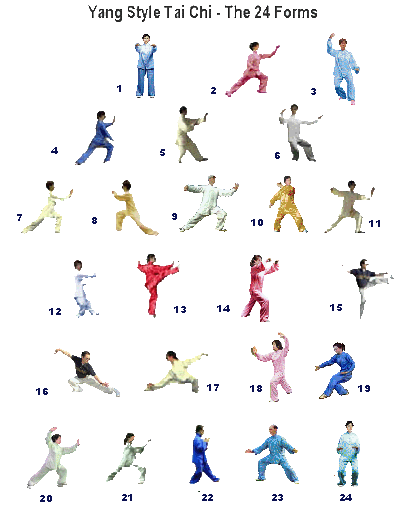
Where to get tai chi training
You can learn several forms and routines from YouTube videos. Below we have put together a playlist of free tai chi lessons and demonstrations.
There are also several applications with tai chi lessons, in which the masters show forms and complexes in detail.
Download
Price: Free
Download
Price: Free
Download
Price: Free
Download
Price: Free
Download
Price: Free (Paul Lam) is a physical therapist and tai chi instructor.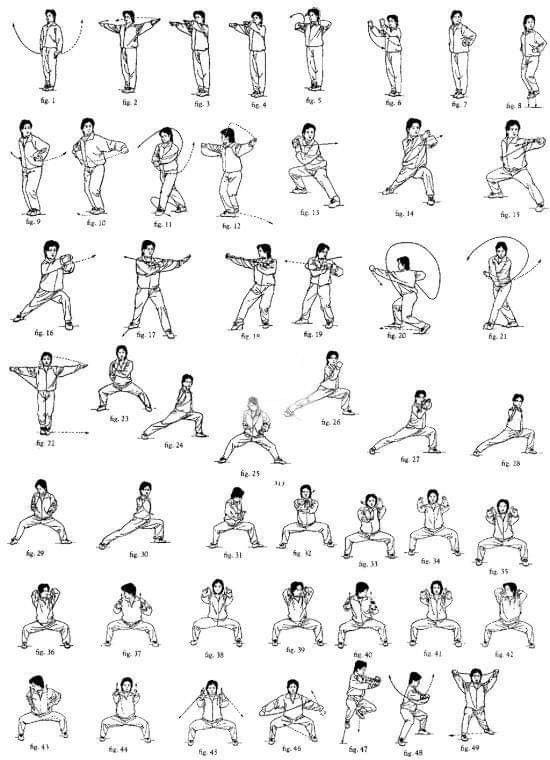
How often and for how long to practice tai chi
Gentle practice of tai chi does not tire the muscles and nervous system, so it does not require a long recovery. You can practice every day without taking the rest days that are required for more intense workouts. nine0003
When it comes to training time, go by how you feel. 30-40 minutes will be enough to get started. In the future, you will be able to increase the time of classes and work as much as necessary to perform the tai chi complexes and skills development of your choice.
Watch your condition, concentrate on the movements and have fun. The practice of tai chi should bring you a sense of calm and inner harmony. If so, you are doing everything right.
Read also 🤸♀️🏃♂️🏇
- 7 Simple Quick Meditation Techniques
- Dancing as a sport: choosing the right direction
- Why you should borrow a warm-up from Brazilian jiu-jitsu fighters
- What is qigong gymnastics and does it really improve health
- Breathing technique: how to breathe correctly and which breathing exercises to choose
Tai chi for beginners.
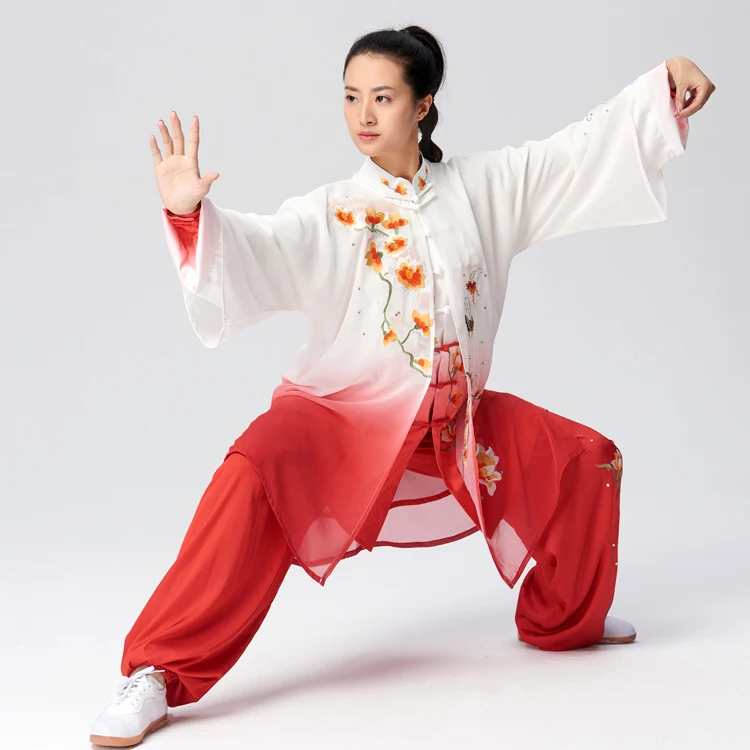 Tai Chi for health
Tai Chi for health Tai chi before
Tai chi as a martial art originated in China in the 17th century. However, it became widespread after the 1917 revolution, when there was a surge of interest in national martial arts in China. The full name of Tai Chi is Taijiquan (“quan” translates as “fist”, and the whole word as “fist of the Great Limit”). The main principles of Taijiquan are balance and gentleness. It is the ability to adhere to these principles that allows you to develop both physically and spiritually. nine0003
There are currently 5 styles of Taijiquan. However, two are considered the most famous: Chen and Yang. They have their own distinctive features.
Chen style
Features include a soft, rolling step with smooth and continuous movements and "pushing hands" (tui shou technique). The rolling step allows you to maintain balance during all movements, except for jumping, and the "pushing hands" contribute to the development of the ability to anticipate the opponent's movements and instantly switch from defense to attack.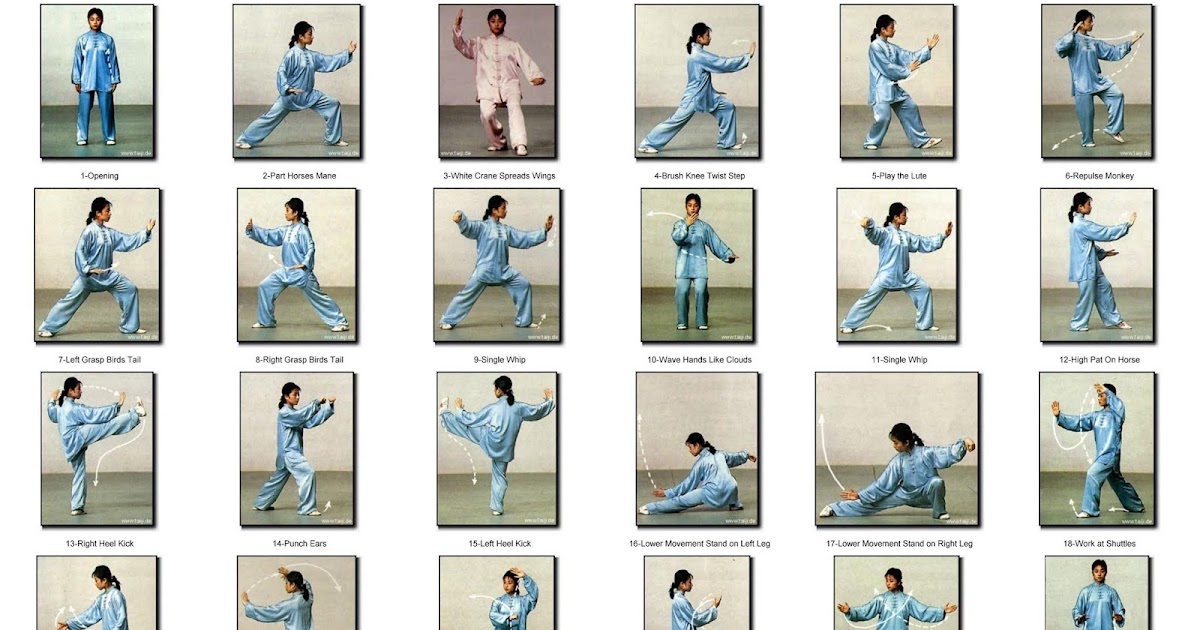 nine0003
nine0003
Yang Style
Smoothness combined with hardness: relaxation leads to softness, accumulated softness turns into hardness, continuity and naturalness are manifested through a sharp release of energy and attacking movements. This style also has three categories: superior, middle and inferior. Taijiquan fans can choose any according to their age and health.
Tai chi now
In our time, the martial art of Tai chi has gradually expanded its boundaries: it has become a gymnastics, a popular fitness trend, accessible to any person (the lack of an active load on the joints makes this type of gymnastics ideal even for those who cannot afford "aggressive" sports). nine0003
Almost all oriental martial and recreational arts carry a certain philosophy. Tai chi is no exception. People believed that Taijiquan helps the mind to return contact with the body, to become one. Therefore, Tai Chi turned out to be a very unique gymnastics: it combines the most important components for human development - strength training, strengthening balance, increasing joint mobility, emotional self-control, psychological unloading.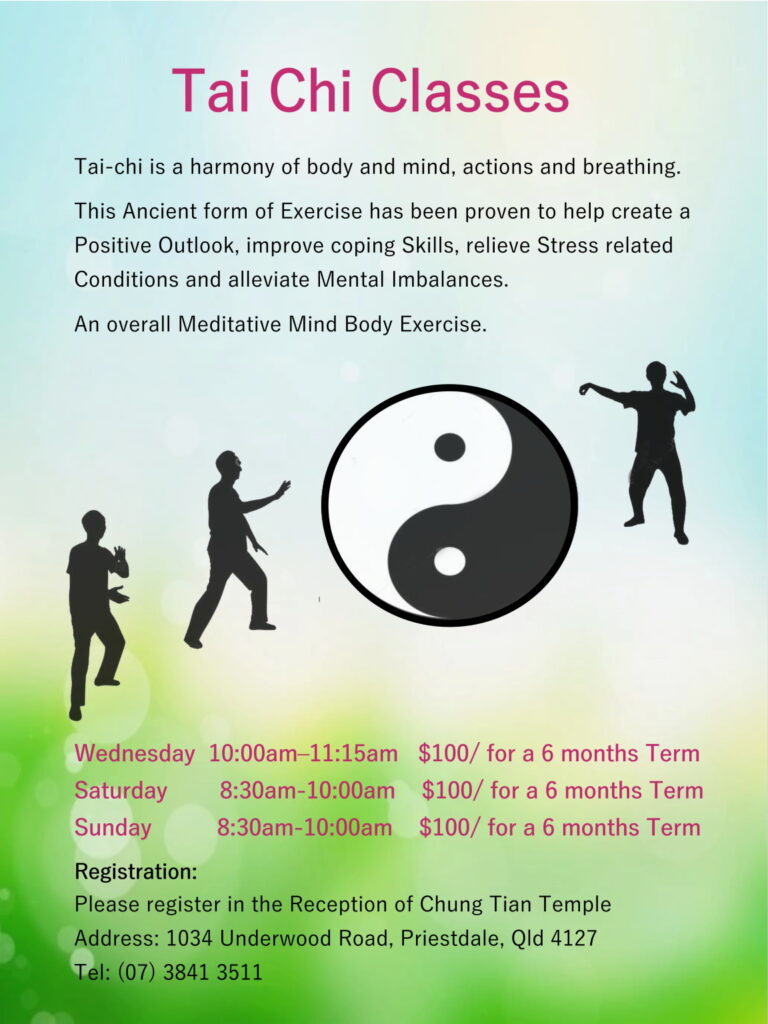 Following the rules of Tai Chi, a person achieves inner harmony, which after that no longer leaves the soul and body, since during the exercise their natural interaction takes place. nine0003
Following the rules of Tai Chi, a person achieves inner harmony, which after that no longer leaves the soul and body, since during the exercise their natural interaction takes place. nine0003
Tai chi is also known as martial dance. Why? The answer is simple: all movements move so smoothly from one to another that it gives the impression of a graceful dance. Many people who practice Tai Chi on a regular basis note that some elements are performed as if you are walking on clouds. The body becomes light, weightless, but stable, which allows you to quickly correct the broken posture.
Health benefits of Tai Chi
Tai-chi gymnastics is known for its positive influence not only on the physical, but also on the psycho-emotional state of people involved in it.
Physical Benefits:
- Joint Flexibility
- Vestibular Training
- Weight loss
- Strengthening of the central nervous system
- Increasing physical endurance
After practicing Tai Chi, a person becomes confident in himself, in his present.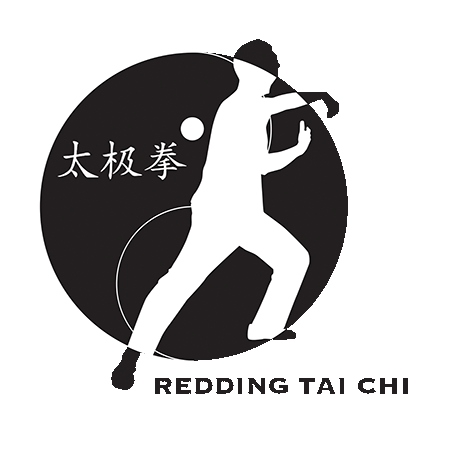

 In some forms, you learn long sequences of movements, while others involve shorter series and more focus on breathing and meditation. The name is less important than finding an approach that matches your interests and needs.
In some forms, you learn long sequences of movements, while others involve shorter series and more focus on breathing and meditation. The name is less important than finding an approach that matches your interests and needs.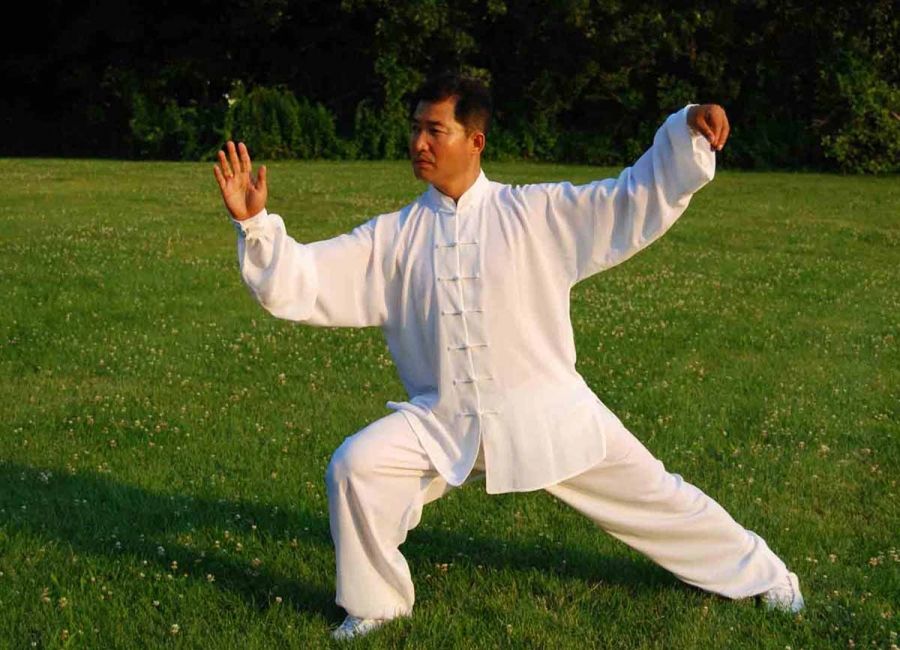
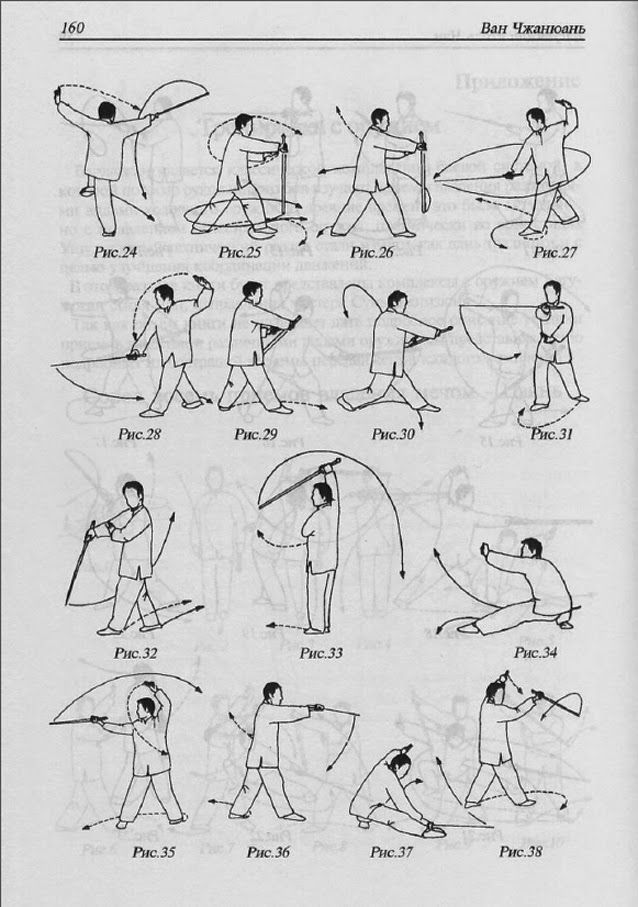 Running shoes, designed to propel you forward, are usually unsuitable.
Running shoes, designed to propel you forward, are usually unsuitable.

